
Kawaii Style
What is the Kawaii Style?
The word "kawaii" means "cute" or "adorable" in Japanese.
Kawaii style uses pastel colors, frills, bows, ribbons, and cartoon-inspired accessories to create unique and charming outfits.
Kawaii style has many substyles, such as Decora, Lolita, Shibu, and Yume, that reflect different aspects of kawaii culture.
Kawaii style is influenced by Japanese pop culture, such as manga, anime, and music.
Kawaii style is popular not only in Japan, but also in other parts of the world, where people enjoy dressing up in cute and creative ways.
Kawaii style is a way of expressing one's personality and individuality through fashion.
Why do the Kawaii Style clothes look good?
Because it make you feel like a fairy in the wood
It is bright and colorful, like a rainbow in the sky
It is playful and innocent, like a child's sweet smile
It is inspired by anime and manga, with cute characters galore
It is diverse and creative, with many substyles to explore
Kawaii Style clothes look good
Because it express your personality and mood
Who can wear the Kawaii Style garments?
Anyone who enjoys wearing colorful, whimsical, and unique clothes can wear Kawaii Style garments.
There is no age, gender, or cultural limit to wearing Kawaii Style garments, as long as you have fun and feel comfortable in them.
Kawaii Style garments have many substyles, such as Decora, Lolita, Shibu, Ero, Yume, and more.
Each substyle has its own aesthetic and visual elements, but they all share the core essence of Kawaii.
Some common features of Kawaii Style garments are bright colors, cute prints, frills, lace, ribbons, bows, and accessories.
You can mix and match different Kawaii Style garments to create your own look, or follow a specific substyle to achieve a certain effect.
Are the Kawaii Style clothing in style?
It features pastel colors, oversized bows and ribbons, frills, and cartoon-inspired accessories.
Clothing in this style is popular among people who want to express their individuality, creativity, and positivity through their outfits.
Kawaii style clothing is also influenced by various subcultures and genres, such as fairy kei, pastel goth, lolita, and harajuku.
It can be found in online stores, such as Kawaii Babe and YesStyle, as well as in physical shops in Tokyo's Harajuku district, which is considered the kawaii fashion capital.
Kawaii style clothing is not only a fashion choice, but also a lifestyle and a culture that celebrates the joy of cuteness.
Example of the color palette for the image of Kawaii Style
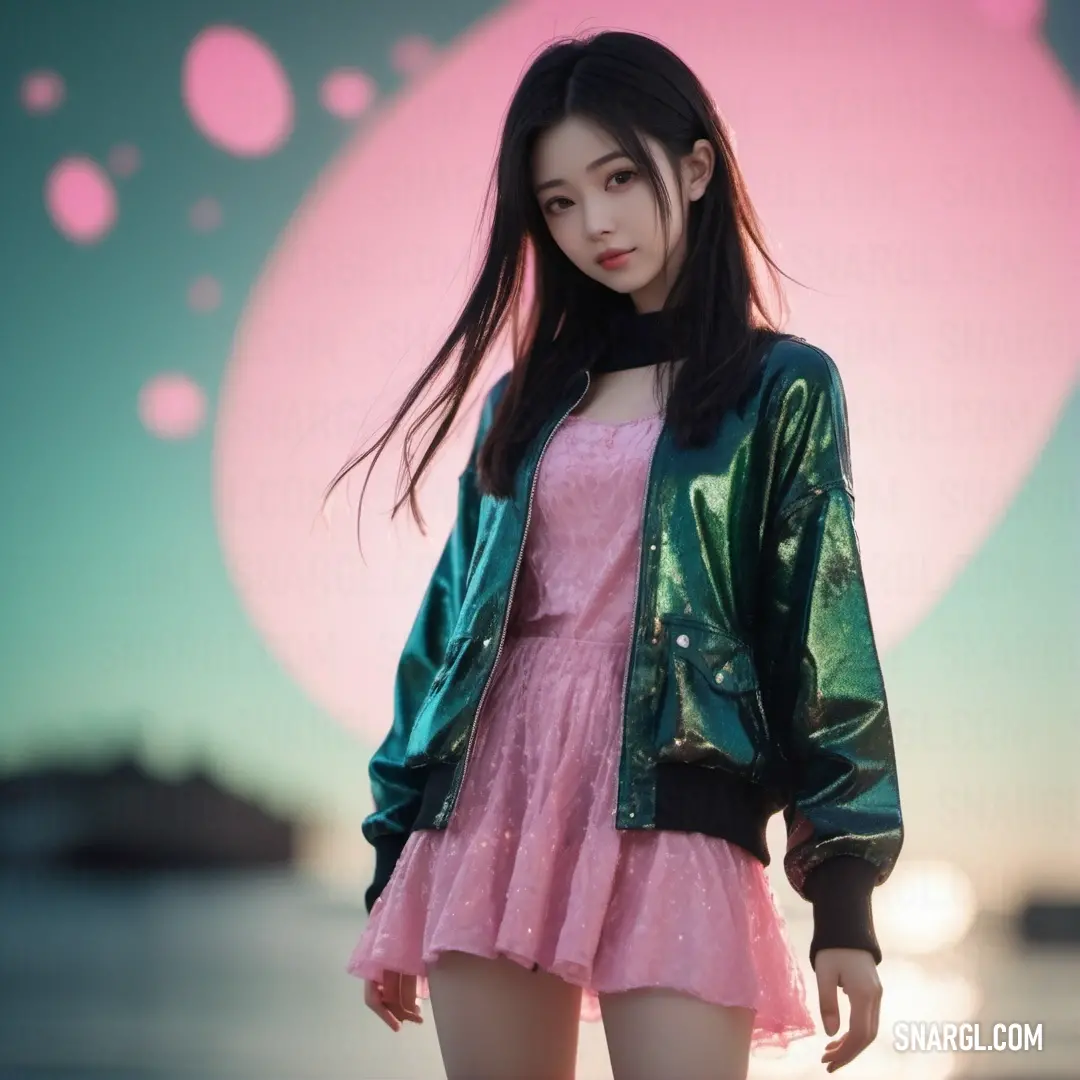
See these colors in NCS, PANTONE, RAL palettes...
Kawaii Style in fashion - when did it appear?
The word "kawaii" means "cute" in Japanese, and it has been used to describe various aspects of Japanese culture for centuries.
However, the modern concept of kawaii style emerged in the 1970s, when young people started to rebel against the rigid and traditional norms of Japanese society by adopting more individualistic and expressive styles.
One of the influences of kawaii style was manga and anime, which were popular forms of entertainment in Japan at the time.
Manga and anime characters often had big eyes, small noses, and round faces, which became a key feature of kawaii style.
Another influence was the cute culture movement, which celebrated all things cute, innocent, and childlike.
The cute culture movement also inspired a style of handwriting, which was made by writing laterally with mechanical pencils.
Kawaii style became more widespread in the 1980s, when the term "kawaii" was used globally to describe anything cute and adorable.
Kawaii style also diversified into different subgenres, such as Lolita, Decora, Fairy Kei, and Harajuku.
In the 1990s, kawaii style was embraced by young people around the world, thanks to the internet and social media, which made it easy to share and discover new kawaii trends and styles.
Today, kawaii style is a global phenomenon, with a wide range of brands, influencers, and fans who embrace this cute and playful aesthetic.
It has also had a major impact on pop culture, influencing music, art, film, television, and even politics.
Kawaii style is not just limited to Japan anymore - you can find kawaii style in all corners of the world, from the streets of Tokyo to the fashion runways of Paris.
Kawaii style is a testament to the enduring power of cuteness and playfulness, which can bring joy and happiness to people of all ages and backgrounds.
Kawaii style is also a way of expressing one's personality, creativity, and individuality, which can inspire others to do the same.
Kawaii style is more than just a fashion trend - it is a lifestyle and a culture that celebrates the beauty of being yourself.
Who usually wears Kawaii Style clothing?
This clothes is usually worn by people who want to express their playful, childlike, and creative personality through their outfits.
Kawaii Style clothing often features pastel colors, oversized bows and ribbons, frills, and cartoon-inspired accessories.
Some popular sub-styles of Kawaii Style clothing are Fairy Kei, Pastel Goth, Angelcore, and Strawberry Milk.
Kawaii Style clothing is not limited by age, gender, or body type, and anyone can enjoy wearing it as long as they feel comfortable and happy.
What are some of the most iconic Kawaii Style outlooks?
There are many subcultures and variations of kawaii style, but some of the most iconic outlooks are:
Lolita: This style is inspired by Victorian and Rococo clothing, with frills, lace, ribbons, and pastel colors.
Lolita outfits usually consist of a blouse, a skirt or dress, a petticoat, stockings, shoes, and accessories such as hats, parasols, and bags.
There are different types of Lolita, such as Gothic Lolita, Sweet Lolita, Classic Lolita, and Punk Lolita.Fairy Kei: This style is influenced by the 1980s pop culture, with bright neon colors, fluffy materials, and cute motifs such as stars, hearts, and rainbows.
Fairy Kei outfits often mix vintage clothing with modern items, such as oversized sweaters, tutu skirts, leg warmers, and sneakers.
Fairy Kei accessories include colorful wigs, hair clips, jewelry, and plush toys.Decora: This style is characterized by the excessive use of decorations and accessories, such as hair clips, bracelets, necklaces, rings, badges, and stickers.
Decora outfits are usually colorful and layered, with multiple patterns and textures.
Decora fans also like to wear makeup and contact lenses to enhance their look.
Decora is considered one of the most extreme forms of kawaii style.
How to incorporate other influences or trends into the Kawaii Style?
However, this style is not limited to one look or genre.
There are many types of kawaii styles that incorporate different influences or trends, such as:
Lolita: This style is inspired by Victorian and Rococo clothing, with frills, lace, ribbons, and pastel colors.
Lolita fashion has many subtypes, such as Gothic Lolita, Sweet Lolita, and Classic Lolita.Fairy Kei: This style is influenced by 1980s pop culture, such as cartoons, toys, and candy.
Fairy Kei outfits are colorful, fluffy, and whimsical, with accessories like bows, stars, and hearts.Decora: This style is characterized by wearing many layers of clothing and accessories, such as bracelets, necklaces, rings, hair clips, and stuffed animals.
Decora fashion is bright, flashy, and playful.Harajuku: This style is named after the district in Tokyo where many young people gather to express their individuality through fashion.
Harajuku style is eclectic, creative, and experimental, mixing different genres and cultures.Yami Kawaii: This style is a darker version of kawaii, combining cute elements with themes of sickness, death, and mental health.
Yami Kawaii outfits often feature medical motifs, such as syringes, bandages, and pills.
Example of the color palette for the image of Kawaii Style
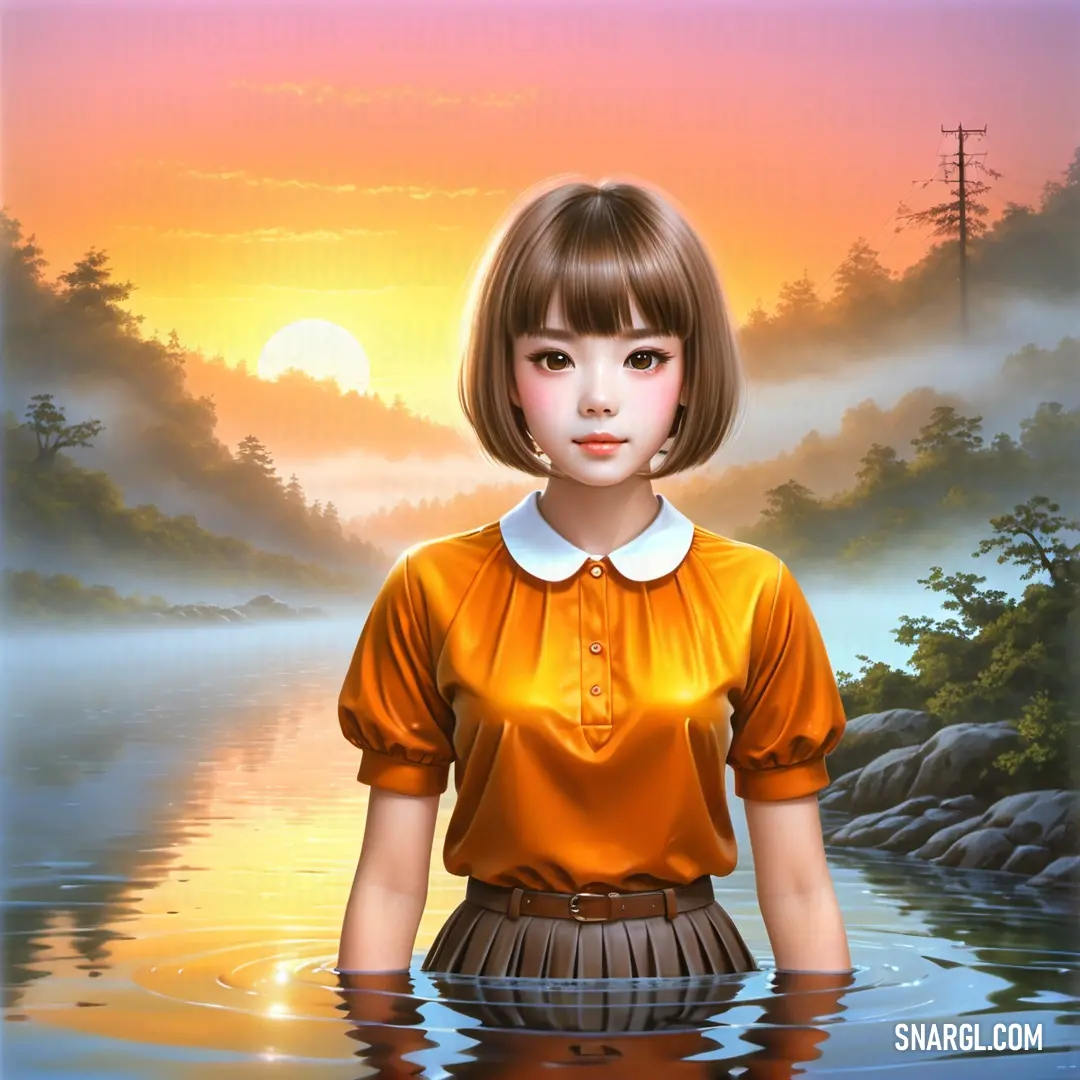
See these colors in NCS, PANTONE, RAL palettes...
What are the essential Kawaii Style clothing items and accessories?
There are many different subcultures and genres of kawaii fashion, but some of the essential clothing items and accessories that can help you achieve a kawaii look are:
Colorful and patterned clothing: Kawaii clothes often feature bright colors, pastel shades, or contrasting hues.
They also have cute prints, such as animals, fruits, flowers, stars, hearts, or characters.
You can mix and match different colors and patterns to create your own unique style.Skirts and dresses: Kawaii fashion is influenced by girly and feminine styles, so skirts and dresses are very popular.
Choose from a variety styles, such as A-line, pleated, ruffled, tulle, or lace.
Skirts and dresses can also be worn over leggings, tights, or socks for a more cozy and cute look.Tops and sweaters: Kawaii tops and sweaters can range from simple and plain to elaborate and detailed.
Choose cropped tops, corset tops, puff-sleeve tops, or off-shoulder tops to show off some skin.
You can also wear sweaters, cardigans, hoodies, or jackets with cute motifs, such as bunny ears, cat paws, bear faces, or ribbons.Accessories: Kawaii accessories are essential to complete your outfit and add some extra charm.
Wear hats, headbands, bows, clips, or tiaras to decorate your hair.
You can also wear jewelry: necklaces, earrings, bracelets, or rings with cute designs.
Use bags, backpacks, purses, or pouches with kawaii characters or shapes to carry your essentials.Shoes: Kawaii shoes can be as simple or as fancy as you like.
Wear sneakers, flats, sandals, or boots in various colors and styles.
You can also wear heels, platforms, or wedges with cute details, such as bows, straps, buckles, or pom-poms.
Example of the color palette for the image of Kawaii Style
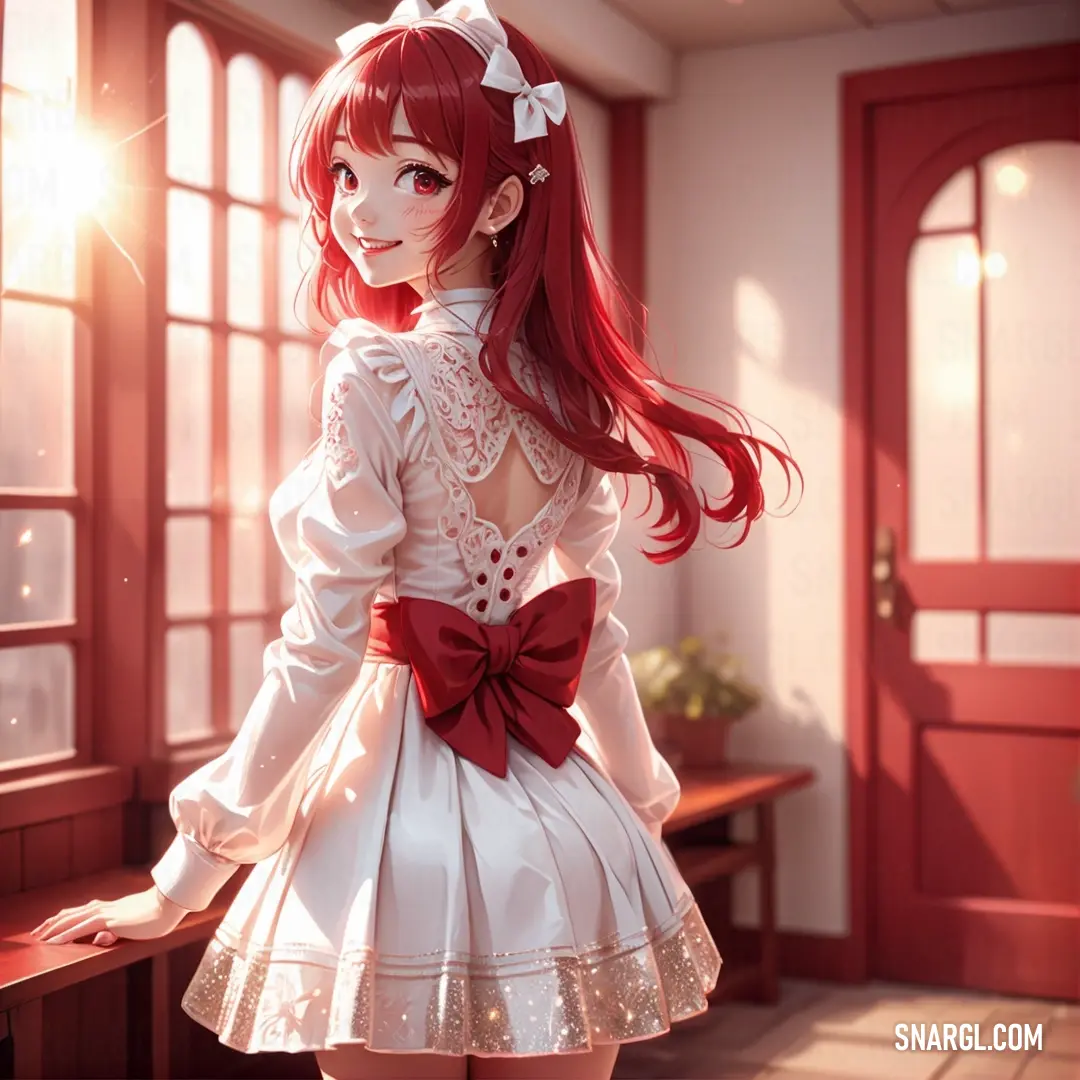
See these colors in NCS, PANTONE, RAL palettes...
How to keep the Kawaii Style updated and fresh?
Follow kawaii blogs and social media accounts to get inspiration and ideas from the latest trends and styles.
You can also create your own style board or mood board to collect images and colors that you like.
For example, you can search for "kawaii outfits" or "Japanese fashion" on Tumblr or Pinterest to see pages of current images from the kawaii style.Experiment with different kawaii substyles, such as pastel, fairy kei, decora, lolita, harajuku, and more.
Each substyle has its own characteristics and aesthetics, but they all share the common theme of being cute and colorful.
You can mix and match elements from different substyles to create your own unique look.
For example, you can wear a pastel dress with decora accessories and fairy kei shoes.Accessorize with cute items, such as plushies, stickers, pins, bows, ribbons, pom poms, and more.
Accessories can add a lot of personality and charm to your outfit, and they can also express your interests and hobbies.
You can also customize your accessories with your own designs or characters.
For example, you can make your own kawaii pins with shrink plastic or clay.Have fun with your makeup and hair.
Kawaii makeup is usually soft and natural, with a focus on the eyes and cheeks.
You can use eyeliner, mascara, false lashes, and contacts to make your eyes look bigger and more doll-like.
You can also use blush, highlighter, and lip gloss to add some glow and color to your face.
For your hair, you can try different styles, such as braids, buns, ponytails, pigtails, curls, or waves.
You can also dye your hair in pastel colors or add some cute clips or headbands.Be confident and happy.
The most important thing about kawaii style is not what you wear, but how you feel.
Kawaii style is all about expressing yourself and having fun.
You don't have to follow any rules or standards to be kawaii.
Just wear what makes you happy and comfortable, and smile a lot.
Being kawaii is not only a fashion choice, but also a lifestyle choice.
What are the common mistakes or faux pas to avoid when dressing Kawaii Style?
Mixing too many different styles or themes.
Kawaii fashion is about creating a cohesive and harmonious look that expresses your personality and mood.
If you combine elements from different subcultures or genres, such as gothic, punk, or cyberpunk, you might end up looking messy or confusing.Wearing clothes that are too tight or revealing.
Kawaii fashion is based on the idea of cuteness, innocence, and modesty.
You want to create a balance between showing some skin and covering up.
Clothes that are too tight or revealing might clash with the kawaii aesthetic and make you look uncomfortable or inappropriate.Overdoing the accessories or makeup.
Kawaii fashion is about enhancing your natural beauty and adding some fun touches to your outfit.
However, you don't want to overwhelm your look with too many accessories or makeup products.
Choose a few items that match your color scheme and theme, and avoid wearing anything that is too flashy, bulky, or distracting.Copying someone else's style or personality.
Kawaii fashion is a way of expressing yourself and your individuality.
You don't have to follow any rules or trends, as long as you feel happy and confident in your own style.
Don't try to imitate someone else's look or act like someone you're not.
Be yourself and let your kawaii style reflect your own interests, hobbies, and passions.
How has the Kawaii Style changed or evolved over time?
Kawaii Style has a long history that can be traced back to the 11th century, when the concept of kawaii was used to describe pitiable or adorable qualities.
Over time, Kawaii Style has changed and evolved in response to different social, historical, and global influences.
Some of the major milestones in the development of Kawaii Style are:
The Taisho Period (1912-1926): This was a time of modernization and westernization in Japan, when a popular illustrator and painter, Yumeji Takehisa, opened a stationery shop that sold cute papers and letter sets for young girls.
He is considered to be the pioneer of Kawaii Style.The Post-WWII Era: This was a time of American cultural influence in Japan, which introduced new elements of cuteness, such as Disney characters, comics, and cartoons.
Kawaii Style also became a way of expressing individuality and rebellion against the rigid social norms of the time.The 1970s: This was a time when Kawaii Style became more widespread and mainstream, as teenage girls, mainly female, began using an informal and cute style of writing, using mechanical pencils, stickers, and emoticons.
This style was also adopted by some male celebrities, such as singers and actors, who appealed to the female audience.The 1980s: This was a time when Kawaii Style became more commercialized and diversified, as many companies and brands created their own cute mascots and characters, such as Hello Kitty, Rilakkuma, and Pikachu.
Kawaii Style also influenced fashion, as many young people wore colorful and frilly clothes, accessories, and hairstyles.The 1990s: This was a time when Kawaii Style became more globalized and subcultural, as it spread to other countries and regions, such as Korea, Taiwan, Hong Kong, and Europe.
Kawaii Style also developed into different genres and styles, such as Gothic Lolita, Decora, and Fairy Kei, which combined cuteness with other elements, such as darkness, punk, and fantasy.The 2000s and Beyond: This was a time when Kawaii Style became more integrated and influential, as it became a part of the Japanese national identity and soft power.
Kawaii Style also became more interactive and digital, as it utilized new technologies and platforms, such as social media, video games, and virtual reality.
Kawaii Style also became more diverse and inclusive, as it embraced different cultures, genders, and ages.
It is also a universal and appealing phenomenon that attracts and connects people from different backgrounds and interests.
Kawaii Style is not just a superficial or childish concept, but a deep and meaningful expression of creativity, identity, and emotion.
Example of the color palette for the image of Kawaii Style
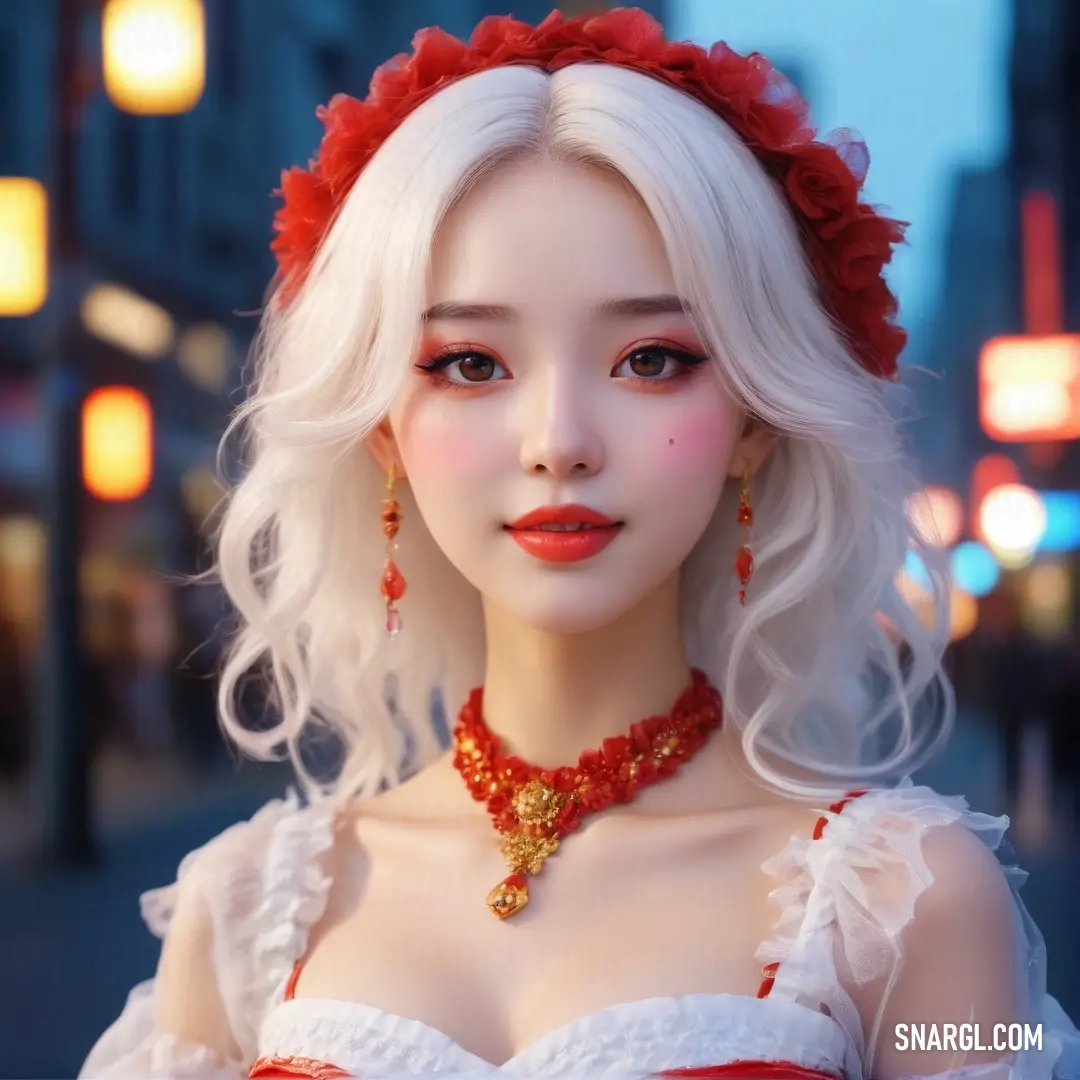
See these colors in NCS, PANTONE, RAL palettes...
What are the best tips and tricks for mastering Kawaii Style?
It is characterized by soft pastel colors, eye-catching patterns, and unique clothes and accessories that express one's personality and creativity.
Here are some tips and tricks for mastering kawaii style:
Simplicity is key. Kawaii style is not about adding too many details or realistic features to your outfit, but rather creating a simple and cute look with minimal elements. For example, you can wear a graphic t-shirt or an oversized sweater with a cute print, a pleated skirt, and some sneakers. You can also add some small accessories like a bow, a necklace, or a pin to complete your look.
Choose kawaii colors and palettes. Kawaii style often uses soft and light colors that create a sweet and innocent vibe. Some common kawaii colors are baby pink, lavender, mint green, sky blue, and cream. You can also mix and match different colors to create contrast and harmony in your outfit.
Follow kawaii blogs and create a style board. One way to get inspired and updated on kawaii fashion is to follow some kawaii blogs online. You can search for keywords like "kawaii outfits" or "Japanese fashion" on Tumblr or Pinterest and see what other people are wearing. You can also create your own style board where you collect images of outfits, accessories, characters, or themes that you like and use them as references for your own style.
Add frills and ruffles. Another characteristic of kawaii style is the use of frills and ruffles that add texture and volume to your clothes. You can wear blouses, dresses, or socks with frills or ruffles that make you look like a doll or a princess.You can also layer different pieces of clothing to create more dimension and interest in your outfit.
Experiment with different kawaii styles. Kawaii style is not limited to one type or genre. There are many subcategories of kawaii style that you can explore and try out, such as Lolita, fairy kei, decora, harajuku, or pastel goth. Each of these styles has its own rules, aesthetics, and influences that you can learn from and adapt to your own taste. You can also mix elements from different styles to create your own unique kawaii style.
Remember that kawaii style is all about expressing yourself and having fun with fashion.
Don't be afraid to experiment and show your personality through your clothes and accessories.
Example of the color palette for the image of Kawaii Style
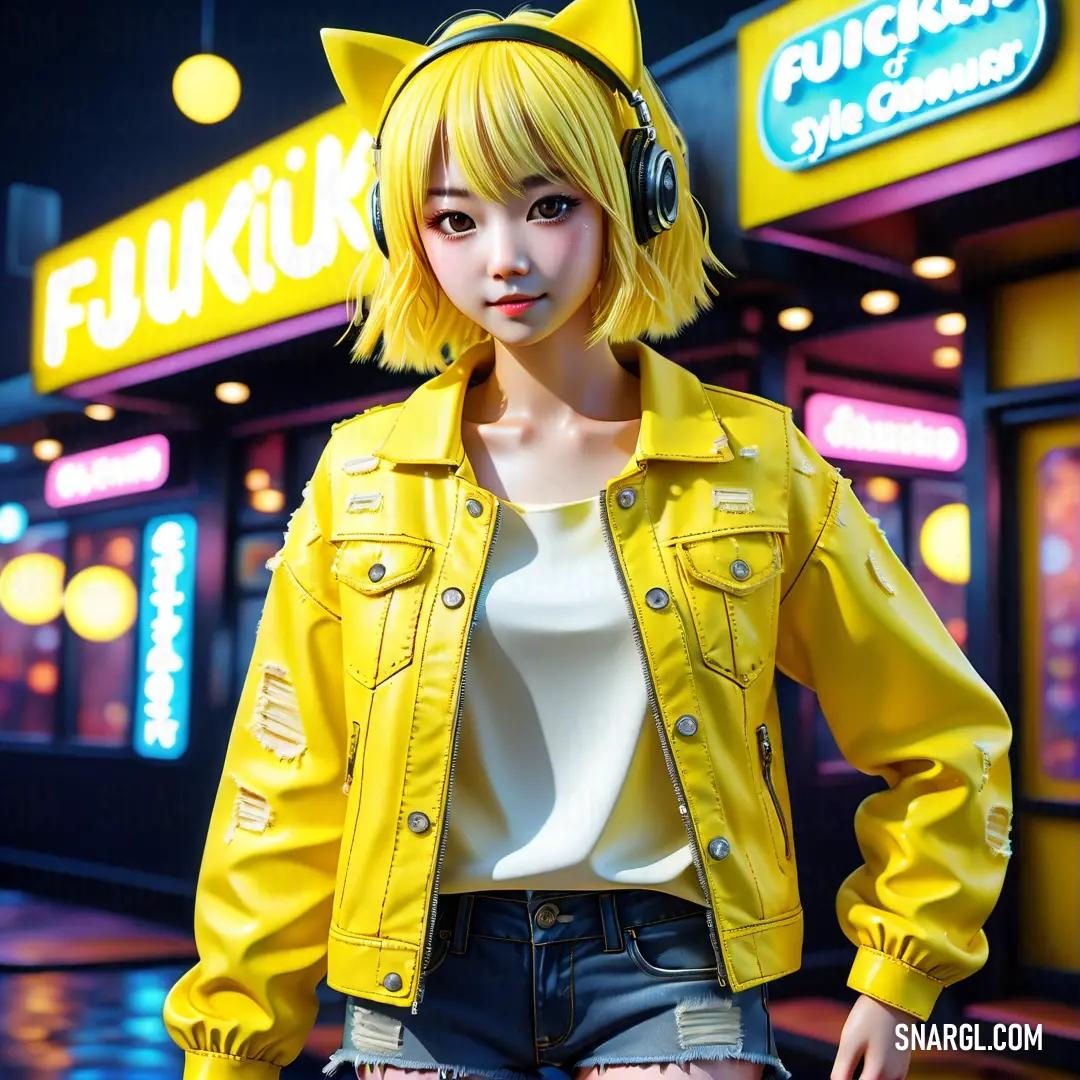
See these colors in NCS, PANTONE, RAL palettes...
How does the Kawaii Style fit with the music, art, or hobbies preferences?
It can fit with various music, art, or hobbies preferences, depending on the individual's taste and personality.
Here are some examples of how Kawaii Style can match with different interests:
Music: Kawaii Style can be influenced by genres such as J-pop, anime soundtracks, or bubblegum pop. Some artists who embody the Kawaii Style are Kyary Pamyu Pamyu, Hatsune Miku, and BABYMETAL. Kawaii music fans can dress up in colorful outfits, accessories, and makeup that reflect their favorite songs or singers.
Art: Kawaii Style can be inspired by various forms of art, such as manga, anime, illustration, or sculpture. Some examples of Kawaii art are Hello Kitty, Rilakkuma, and Totoro. Kawaii art lovers can create their own artworks using cute characters, patterns, and stickers, or decorate their rooms with Kawaii-themed items.
Hobbies: Kawaii Style can be related to hobbies such as cooking, baking, gardening, or crafting. Some examples of Kawaii hobbies are making bento boxes, cupcakes, or cookies with cute shapes and decorations, growing succulents or flowers in pots or terrariums, or knitting or crocheting amigurumi or plushies. Kawaii hobbyists can enjoy their activities while wearing aprons, hats, or gloves with Kawaii designs.
How does the Kawaii Style suit different seasons, occasions, or settings?
Spring is here and flowers bloom
Time to wear a pastel dress
With ruffles, lace, and cute prints too
You'll look like a princess
Summer comes with sunny days
You need a t-shirt that is cool
Maybe one with anime
Or a sweatshirt with a pool
Fall is when the leaves turn red
You can wear a cozy sweater
With a chunky scarf and hat
And some socks with a letter
Winter brings the snow and cold
You can bundle up in layers
With a coat and gloves and boots
And some mittens with some bears
No matter what the season is
You can always look kawaii
Just mix and match your clothes and accessories
And express your style with joy
Example of the color palette for the image of Kawaii Style
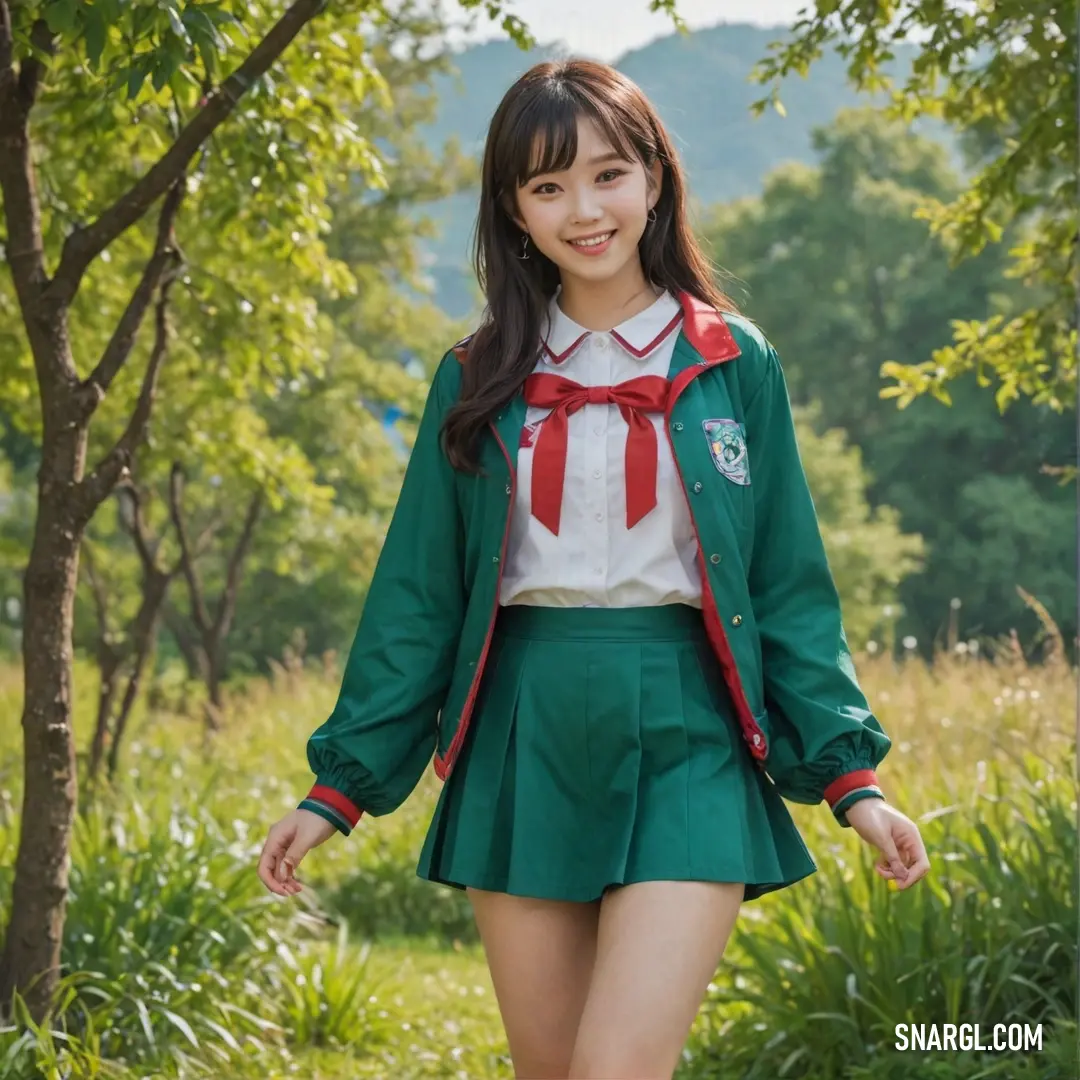
See these colors in NCS, PANTONE, RAL palettes...
What are the past or classic trends or influences in Kawaii Style?
The Heian period (794-1185), when the concept of kawaii emerged in literature and poetry as a way of expressing beauty, elegance, and refinement.
The Kamakura period (1185-1333), when kawaii was used to describe the pitiful and adorable qualities of animals, children, and monks.
The Muromachi period (1336-1573), when kawaii became more widespread in literature and art, especially in the works of the poet Zeami Motokiyo and the painter Sesshu Toyo.
The Azuchi-Momoyama period (1573-1603), when kawaii was subtly influenced by the introduction of Western culture and technology, such as firearms, Christianity, and tea ceremony.
The Edo period (1603-1868), when kawaii was expressed through the popular art form of ukiyo-e, which depicted the lives of common people, especially women and children, in a colorful and stylized manner.
The Meiji period (1868-1912), when kawaii was influenced by the modernization and westernization of Japan, as well as the emergence of new media such as photography, newspapers, and magazines.
The Taisho period (1912-1926), when kawaii was influenced by the cultural movements of Taisho democracy and Taisho romance, which emphasized individualism, freedom, and love.
The Showa period (1926-1989), when kawaii was influenced by the social and political changes of Japan, such as the militarism of World War II, the American occupation, the economic miracle, and the consumerism of the post-war era.
The Heisei period (1989-present), when kawaii became a global phenomenon that spread to various aspects of culture, such as fashion, music, anime, manga, games, food, and technology.
What are the current or upcoming trends or innovations in Kawaii Style?
It has many substyles, each with its own characteristics and aesthetics.
Some of the current or upcoming trends or innovations in Kawaii style are:
Pastel goth: This trend combines the dark and edgy elements of goth fashion with the soft and sweet colors of Kawaii.
Pastel goth outfits often feature black clothing with pastel accents, such as hair clips, jewelry, or makeup.
Skulls, crosses, and bats are common motifs, as well as cute characters like Hello Kitty or unicorns.
Pastel goth is a way of expressing both the light and dark sides of one's personality.Yami kawaii: This trend is similar to pastel goth, but with a more twisted and disturbing twist.
Yami kawaii means "sick cute" in Japanese, and it incorporates elements of medical and mental health themes, such as bandages, syringes, pills, and blood.
Yami kawaii is a form of social commentary and coping mechanism for the issues of depression, anxiety, and suicide in Japan.Fairy kei: This trend is inspired by the 1980s pop culture, such as cartoons, toys, and candy.
Fairy kei outfits are colorful and whimsical, featuring pastel shades, rainbow patterns, and fluffy textures.
Accessories like pom-poms, bows, and stars add to the fairy-tale vibe.
Fairy kei is a way of expressing nostalgia and fantasy.Mori kei: This trend is influenced by the natural and rural lifestyle, such as forests, animals, and plants.
Mori kei outfits are earthy and cozy, featuring muted colors, loose layers, and vintage fabrics.
Accessories like hats, scarves, and baskets add to the rustic charm.
Mori kei is a way of expressing harmony and simplicity.Otome kei: This trend is based on the feminine and elegant style of European vintage fashion, such as the Victorian and Rococo eras.
Otome kei outfits are refined and romantic, featuring floral prints, lace, and ruffles.
Accessories like pearls, ribbons, and gloves add to the ladylike appeal.
Otome kei is a way of expressing sophistication and grace.
Example of the color palette for the image of Kawaii Style
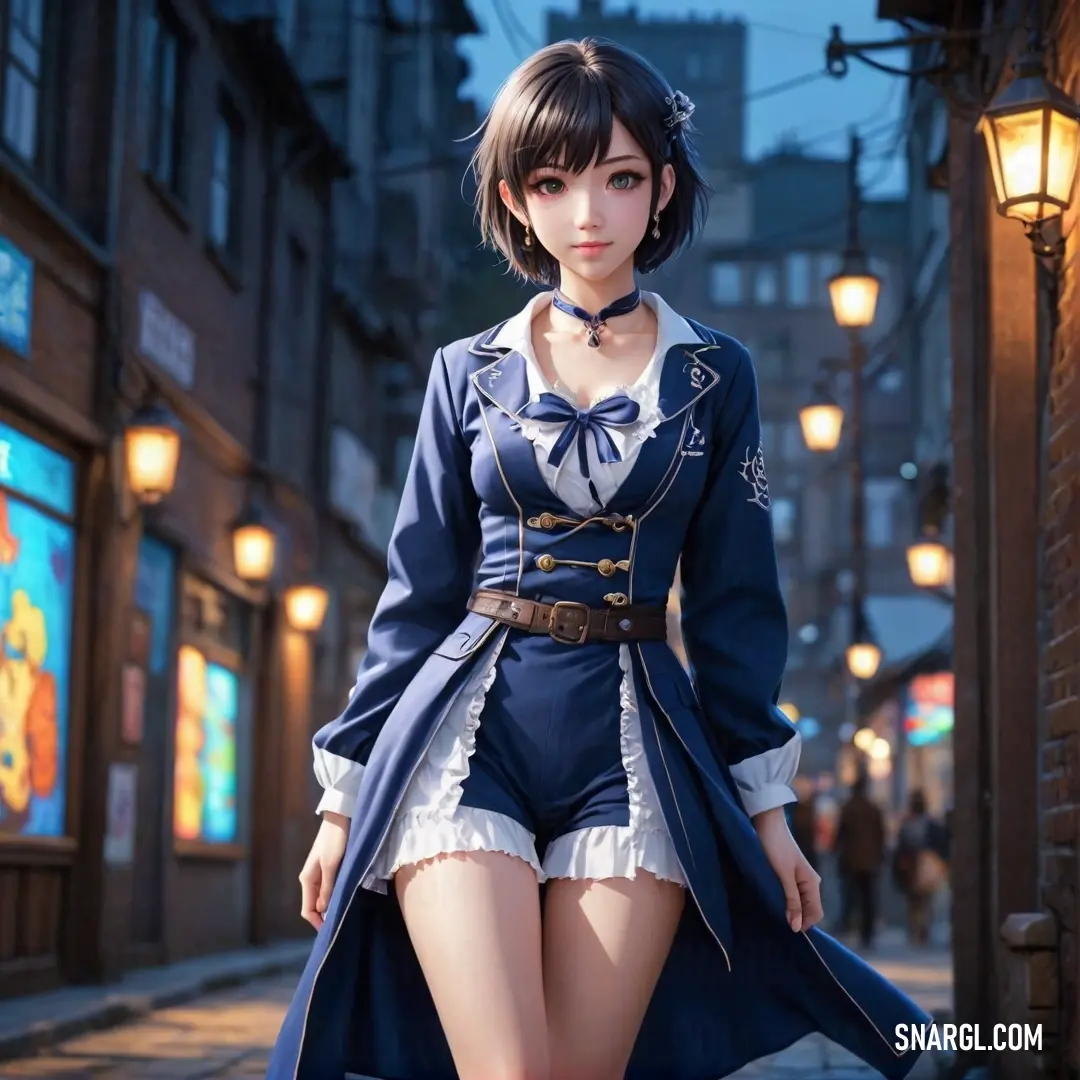
See these colors in NCS, PANTONE, RAL palettes...
What are the future or potential trends or directions in Kawaii Style?
It has many substyles that express different aspects of kawaii, such as Lolita, Decora, Sweet, Goth, and more.
Some of the future or potential trends or directions in Kawaii style are:
Neo-Kawaii: This is a term coined by the Japanese fashion magazine Nylon to describe a new wave of kawaii fashion that is more edgy, diverse, and inclusive.
Neo-Kawaii embraces individuality and creativity, and does not follow strict rules or stereotypes of what is considered cute.
Neo-Kawaii style can incorporate elements from various subcultures, such as punk, hip-hop, grunge, and streetwear, as well as ethnic and cultural influences.
Some examples of Neo-Kawaii fashion icons are the singer Kyary Pamyu Pamyu, the model Rina Sawayama, and the rapper Chanmina.Eco-Kawaii: This is a trend that combines kawaii fashion with environmental awareness and sustainability.
Eco-Kawaii style aims to reduce the environmental impact of fashion consumption by using organic, recycled, or second-hand materials, as well as promoting ethical and fair trade practices.
Eco-Kawaii style also incorporates natural motifs and colors, such as flowers, leaves, fruits, and animals, to express a connection with nature and a respect for life.
Some examples of Eco-Kawaii fashion brands are the organic cotton clothing line Chocochips, the vegan leather accessories brand Nemunemu, and the upcycled clothing store Remake.Tech-Kawaii: This is a trend that integrates kawaii fashion with technology and innovation.
Tech-Kawaii style uses digital devices, such as smartphones, tablets, laptops, and wearable gadgets, as accessories or embellishments to enhance the kawaii look.
Tech-Kawaii style also explores the possibilities of using technology to create new forms of kawaii expression, such as virtual reality, augmented reality, holograms, and 3D printing.
Some examples of Tech-Kawaii fashion projects are the interactive LED dress by CuteCircuit, the holographic pop star Hatsune Miku, and the 3D-printed kawaii jewelry by Shapeways.
Example of the color palette for the image of Kawaii Style
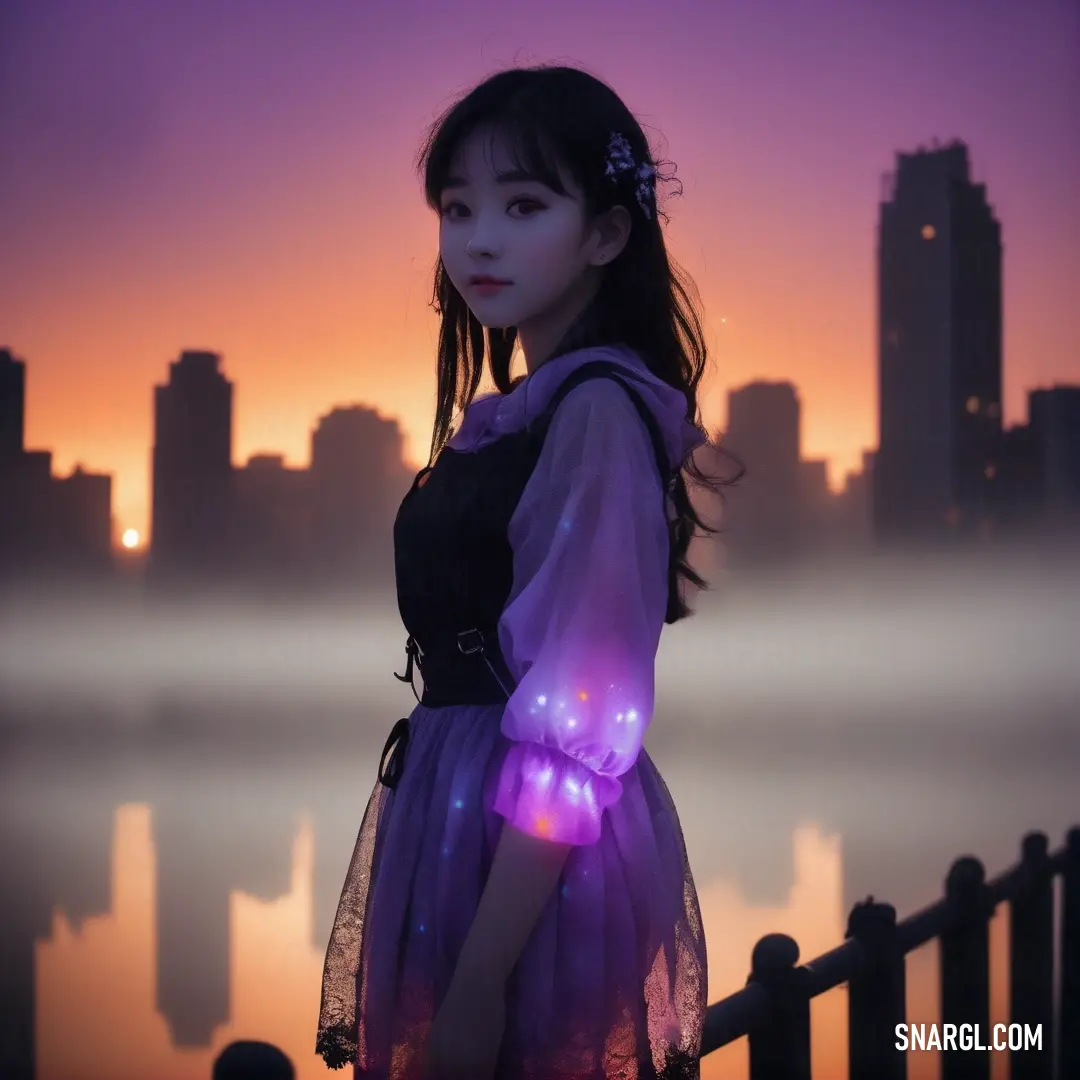
See these colors in NCS, PANTONE, RAL palettes...
What are the best examples or role models of Kawaii Style in media or culture?
Here are some of them:
Hello Kitty: The iconic character created by Sanrio in 1974 is one of the most recognizable symbols of Kawaii culture.
Hello Kitty is a cute white cat with a red bow who has appeared on various products, from stationery and clothing to video games and theme parks.Kyary Pamyu Pamyu: The Japanese singer and model is known for her colorful and eccentric fashion style, which mixes elements of Harajuku, Decora, Fairy Kei, and Pop Kei.
She has been called "the queen of kawaii pop" and "the face of Harajuku" by the media.Pokémon: The franchise of video games, anime, manga, and merchandise features hundreds of adorable creatures that can be captured, trained, and battled.
Pokémon is one of the most successful and influential media franchises in the world, with a loyal fan base across generations.Sailor Moon: The manga and anime series that popularized the magical girl genre in the 1990s.
Sailor Moon follows the adventures of a group of teenage girls who transform into superheroes with the power of the moon and other planets.The series combines action, romance, comedy, and cute costumes and accessories.Gudetama: Another character created by Sanrio in 2013, Gudetama is a lazy and depressed egg yolk who often expresses his existential angst.
Despite his negative attitude, Gudetama has won the hearts of many fans who relate to his struggles or find him amusing.
The Kawaii Uprising
On the other side of town, Clumsy Crusader, a quirky penguinologist with an unkempt hairstyle and a penchant for slipping on ice, was equally frustrated. His obsession with penguins extended beyond the Arctic; he adored their cute, round figures and charming antics. But every time he presented his ideas for a "Kawaii" themed wildlife exhibition, he was met with scoffs from the elite in the scientific community. "Too cute!" they would say, dismissing his vision of an immersive, joyful experience.
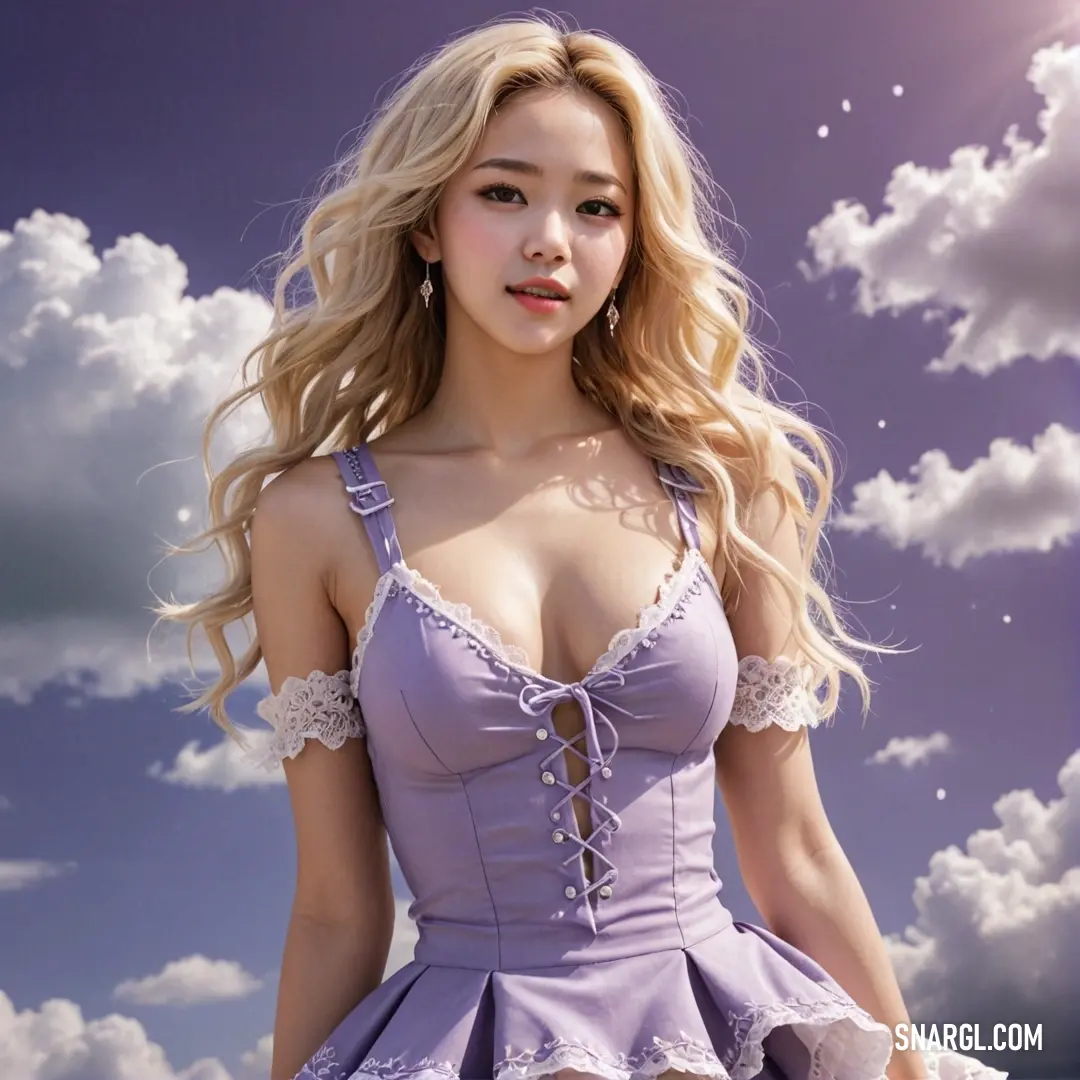
One fateful evening, after a long day of reimagining dull clothing and dodging scientific critiques, Poshy and Clumsy crossed paths at a local café. Clumsy had spilled coffee all over his notes featuring sketches of penguins dressed in oversized bows, while Poshy was hunched over her designs, frustrated by the limitations of her current project. Intrigued by each other's passion, they struck up a conversation, bonding over their shared love for all things adorable.
"Why don't we combine forces?" Clumsy suggested, a spark igniting in his eyes. "What if we create a Kawaii-themed fashion show, featuring adorable outfits inspired by penguins? We could turn the fashion world upside down!"
Poshy's heart raced at the idea. A runway filled with playful, whimsical designs could challenge the monotonous aesthetic dominating the industry. They set to work, sketching outfits that combined street style with the endearing essence of penguins: oversized hoodies with cartoonish faces, pastel-colored skirts adorned with fluffy feathers, and accessories that resembled fish.
As the event drew near, they faced skepticism from both the fashion elite and the scientific community. Poshy received derisive comments about "childish" designs, while Clumsy was told that a Kawaii exhibition would never be taken seriously. But their determination only strengthened, and they persevered, pouring their hearts into every stitch and shade.
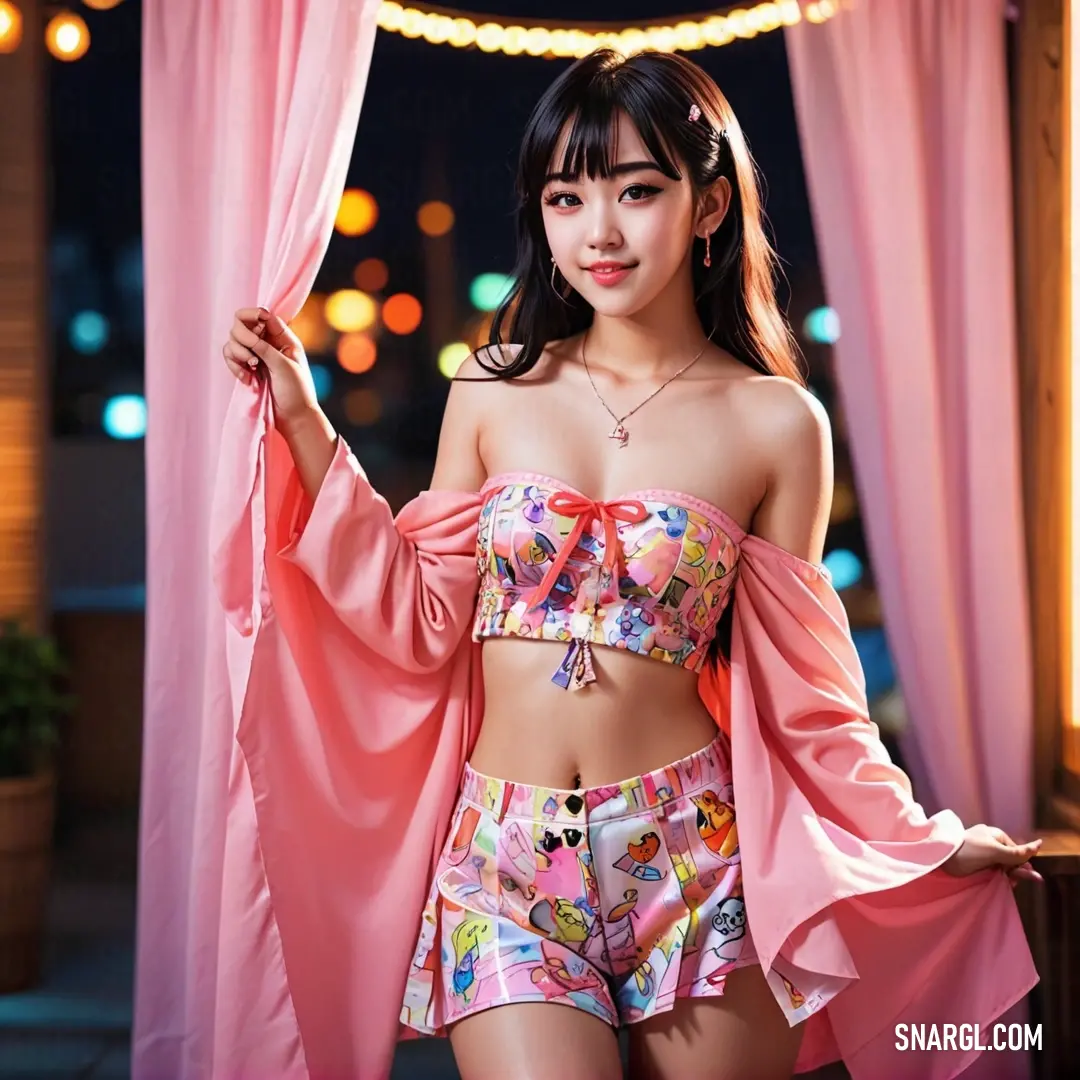
The day of the show arrived, and the runway was transformed into a winter wonderland, complete with faux icebergs and twinkling lights. Models strutted down the catwalk in their Kawaii creations, twirling and posing with exaggerated, playful gestures. As Clumsy released his troupe of penguins - dressed in tiny bowties and tutus - audience members erupted into laughter and applause.
The unexpected fusion of fashion and wildlife captivated everyone. Social media buzzed with excitement, and for the first time, the fashion world embraced Kawaii style, recognizing its ability to bring joy and warmth to an often cold industry.
Poshy and Clumsy stood side by side, overwhelmed by the positive response. "I never thought this would work!" Poshy exclaimed, her eyes glistening with tears of happiness.
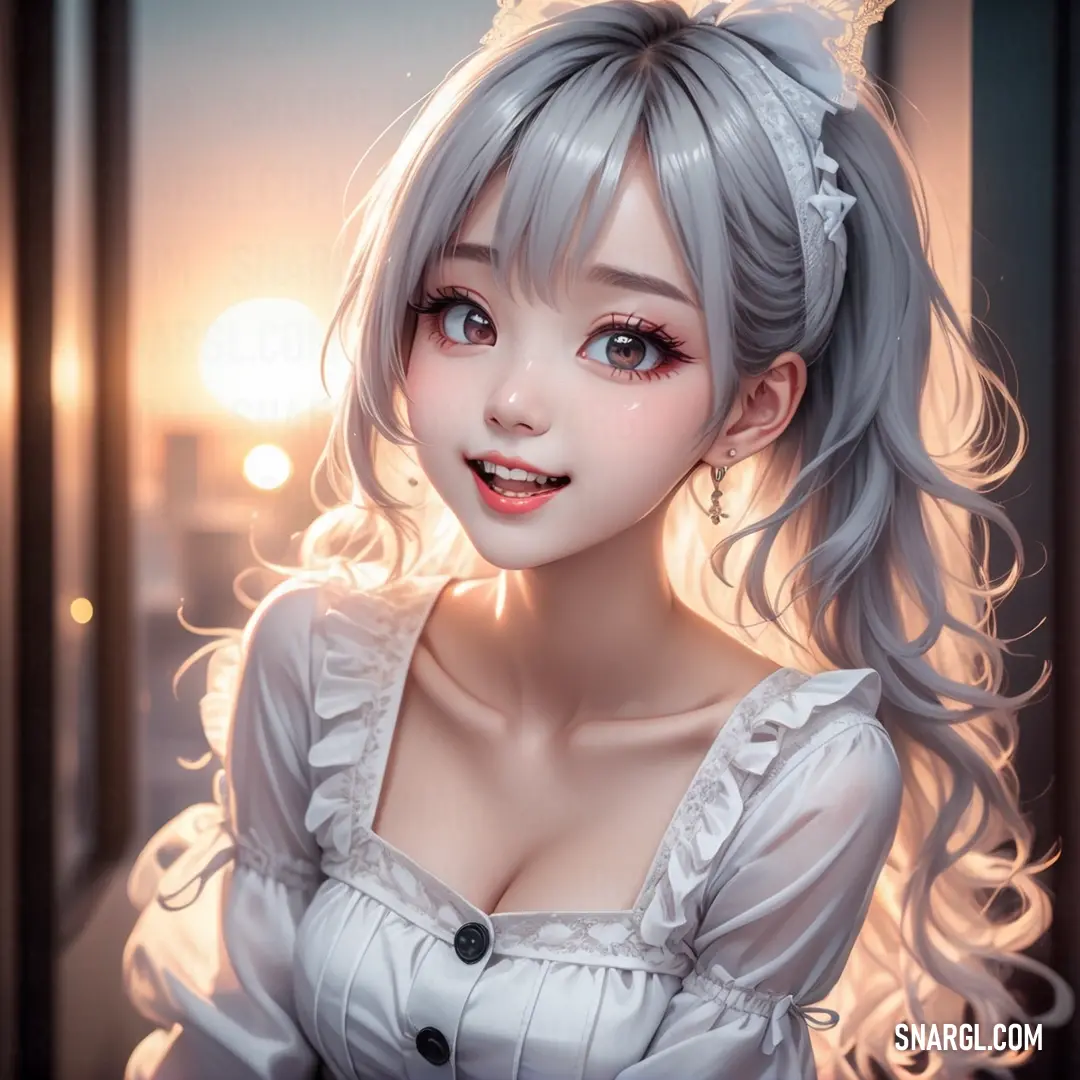
"We did it!" Clumsy grinned, his confidence soaring. The two realized they had not just created a show; they had sparked a movement. Kawaii style began to infiltrate design beyond their wildest dreams, inspiring everything from home décor to digital art.
Months later, Poshy and Clumsy found themselves on the cover of major magazines, hailed as the pioneers of a design revolution. They had proven that cuteness could break barriers and touch hearts, transforming the landscape of fashion and science alike.
And so, amidst the laughter and joy of their newfound success, the duo continued to push boundaries, reminding the world that in a serious universe, a sprinkle of Kawaii could make everything a little brighter.
The Tale of Trendy Tailor and Captain Confuddle: The Birth of Kawaii
Across town, a parking attendant with a most unusual clientele kept things in order. Captain Confuddle, as he was known, managed the daily affairs of the Catnip Café's feline patrons. Each day, the cats arrived in all shapes, sizes, and fur patterns, taking up parking spots with their tiny cars, scooters, and mini-motorcycles. Captain Confuddle, with his mismatched socks and brightly colored hat, never seemed to mind the chaos. He had an odd charm and a mysterious air about him - one that hinted at a creative spark buried beneath his eccentric appearance.
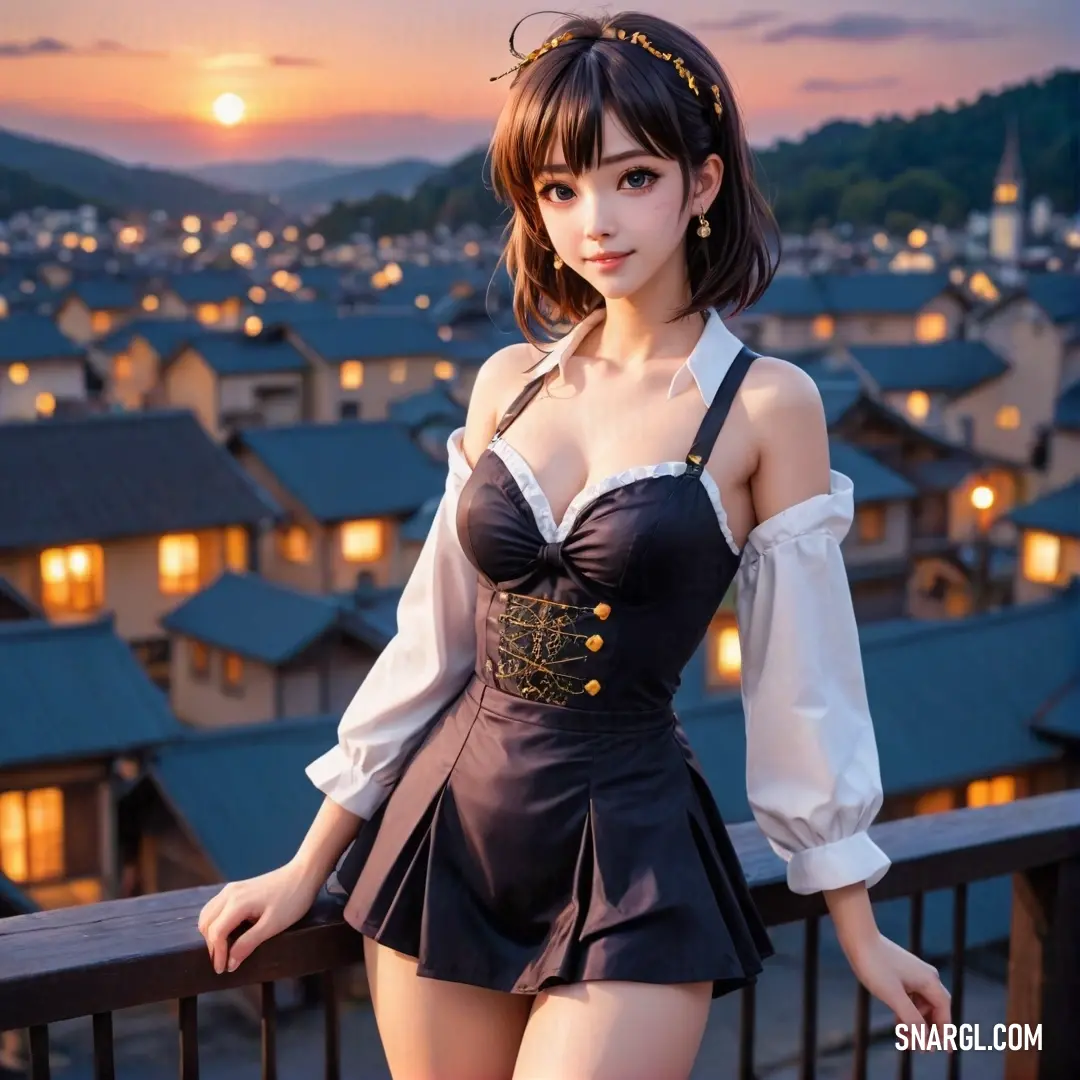
One rainy afternoon, Trendy Tailor was rushing to a meeting with an important client when she stumbled upon the Catnip Café. Needing a break from the stress of the day, she decided to step in for a quick cup of tea. As she entered, she was immediately drawn to Captain Confuddle, who was in the middle of guiding a tabby cat into a tiny parking space.
"Careful there, Mr. Whiskers! We don't want to scratch that new paint job!" Captain Confuddle called out, waving his arms wildly as the cat meowed in response.
Trendy Tailor chuckled at the sight and couldn't help but notice the captain's colorful attire. His patchwork jacket, oversized buttons, and polka-dotted scarf were a bizarre mix of fashion disasters and daring choices. Yet, there was something undeniably appealing about the playful nature of his outfit.
As Captain Confuddle finished parking the last cat, he turned to Trendy and gave her a crooked smile. "Well, well, if it isn't the famous Trendy Tailor! What brings you to our humble little corner of town?"
"I needed a break from my usual world of couture," she replied. "But I must say, your outfit is something else. How did you even think to put it all together?"
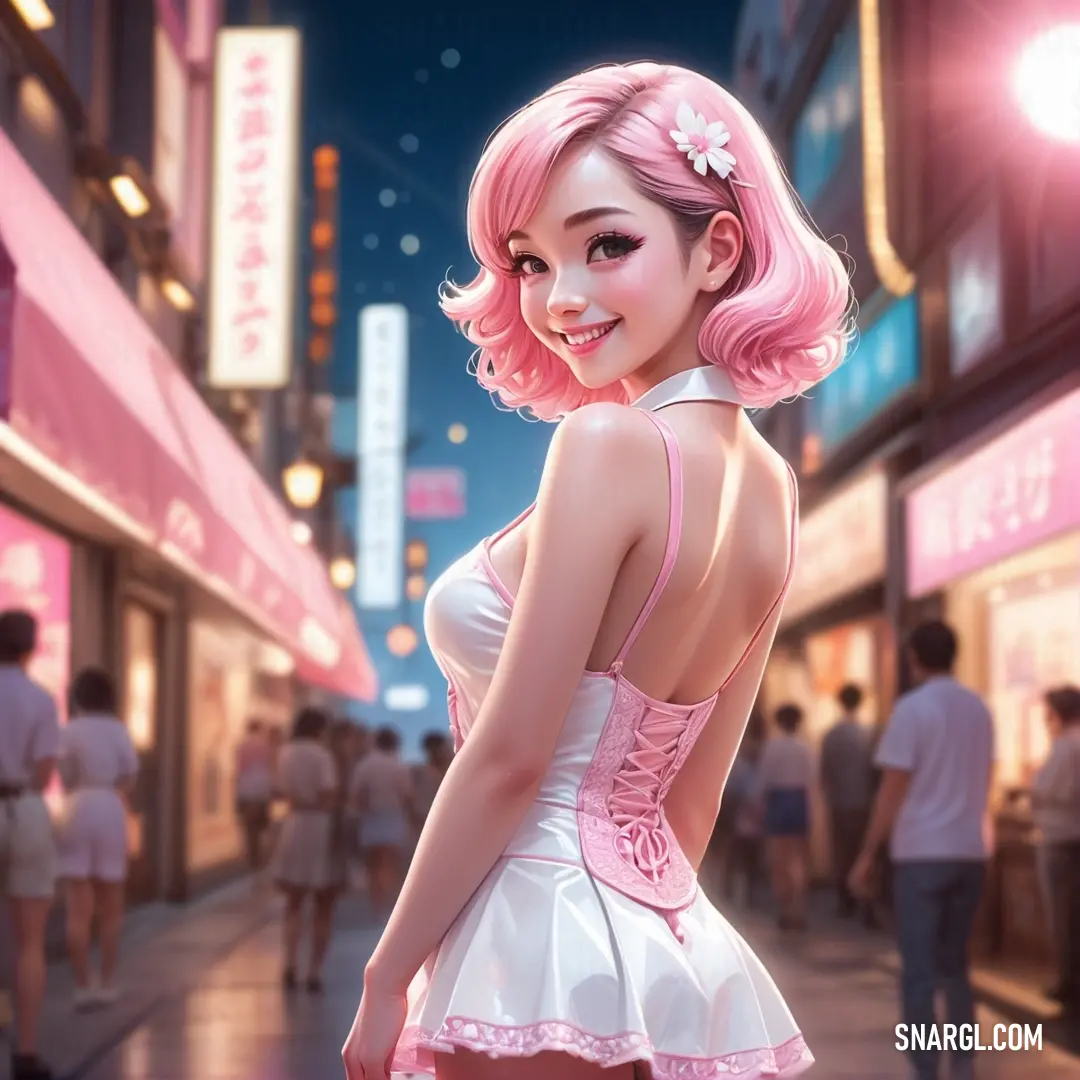
Captain Confuddle shrugged, grinning. "I suppose it's just a bit of whimsy. I don't follow the rules of fashion. I follow the rules of fun."
That single statement struck a chord with Trendy. Fun. Fashion, for all its glamor, had become serious, calculated, and sometimes even rigid. But looking at the colorful and carefree cats of the café, something stirred in her mind.
Later that night, as she sketched out designs in her studio, Trendy couldn't stop thinking about the cats' adorable costumes and Confuddle's carefree style. It was playful, lighthearted, and most importantly, fun. She realized that people were craving something softer, cuter - something that made them smile.
Suddenly, it all clicked: Kawaii - the Japanese word for "cute" - could be the fresh style she was searching for! What if fashion could be sweet, colorful, and joyful without losing its elegance? With Captain Confuddle's spontaneous flair for fun as her muse, Trendy Tailor envisioned a world of oversized bows, pastel colors, animal ears, and heart-shaped patterns. Clothes that celebrated innocence, happiness, and creativity.
The next morning, Trendy rushed back to the Catnip Café with a stack of sketches in hand. "Captain Confuddle, you've inspired me!" she exclaimed, laying out her designs. "What do you think?"
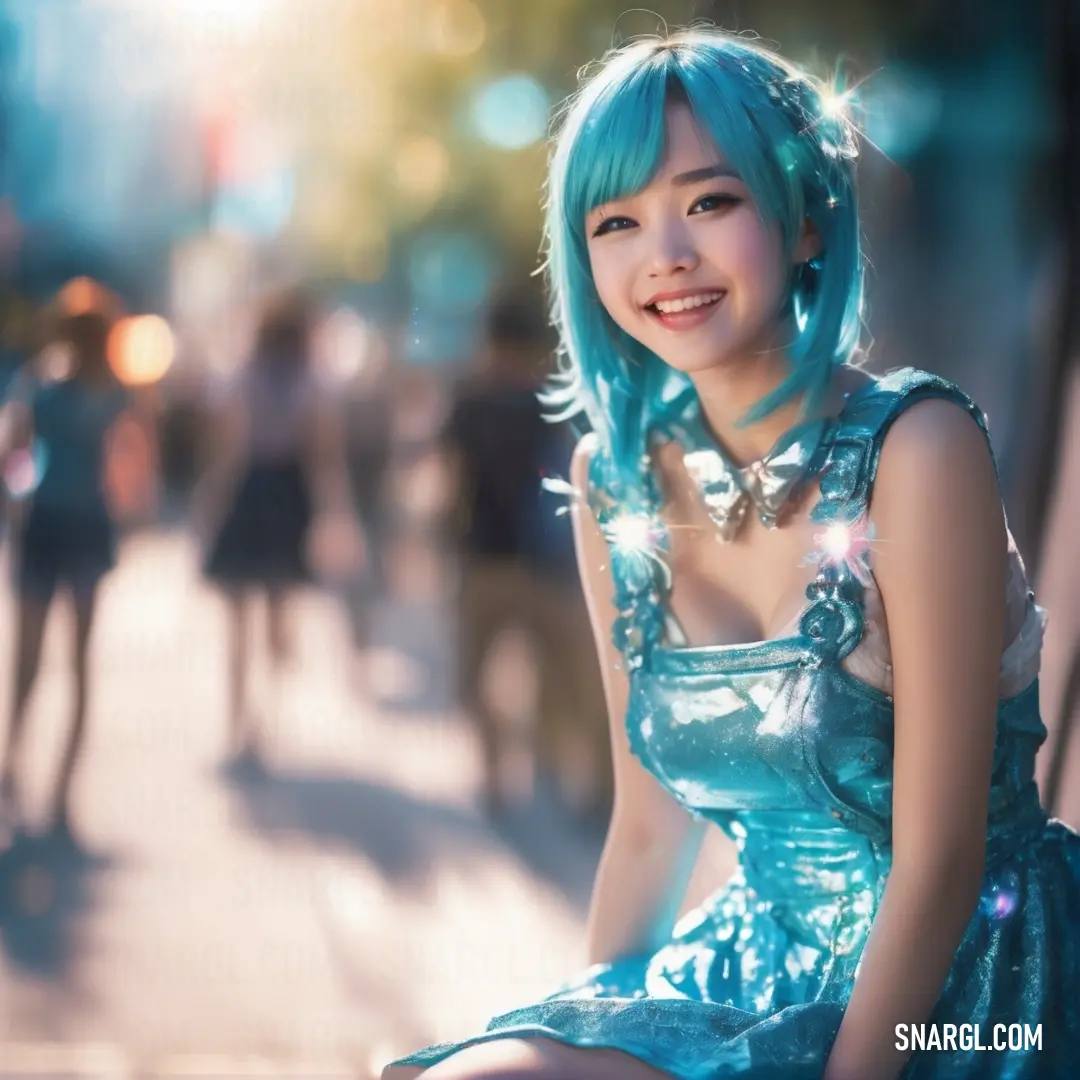
Captain Confuddle peered over the sketches, his eyes twinkling. "Well, well, these designs are like a meow-velous dream come true!" he said, chuckling. "It's like you've captured the spirit of every cat in this parking lot!"
And so, the Kawaii Style was born - a fashion revolution that embraced cuteness, color, and whimsy. Together, Trendy Tailor and Captain Confuddle shared their new vision with the world, proving that fashion didn't have to be serious to be sensational. The two unlikely partners had ushered in a new era of style, one that celebrated the simple joy of being cute.
From that day forward, people flocked to Mewtopolis, dressed in pastel pinks, baby blues, and oversized ribbons, with confetti in their hearts and a sense of fun in their step. Kawaii had taken over the streets, and everyone - cats included - was happier for it.

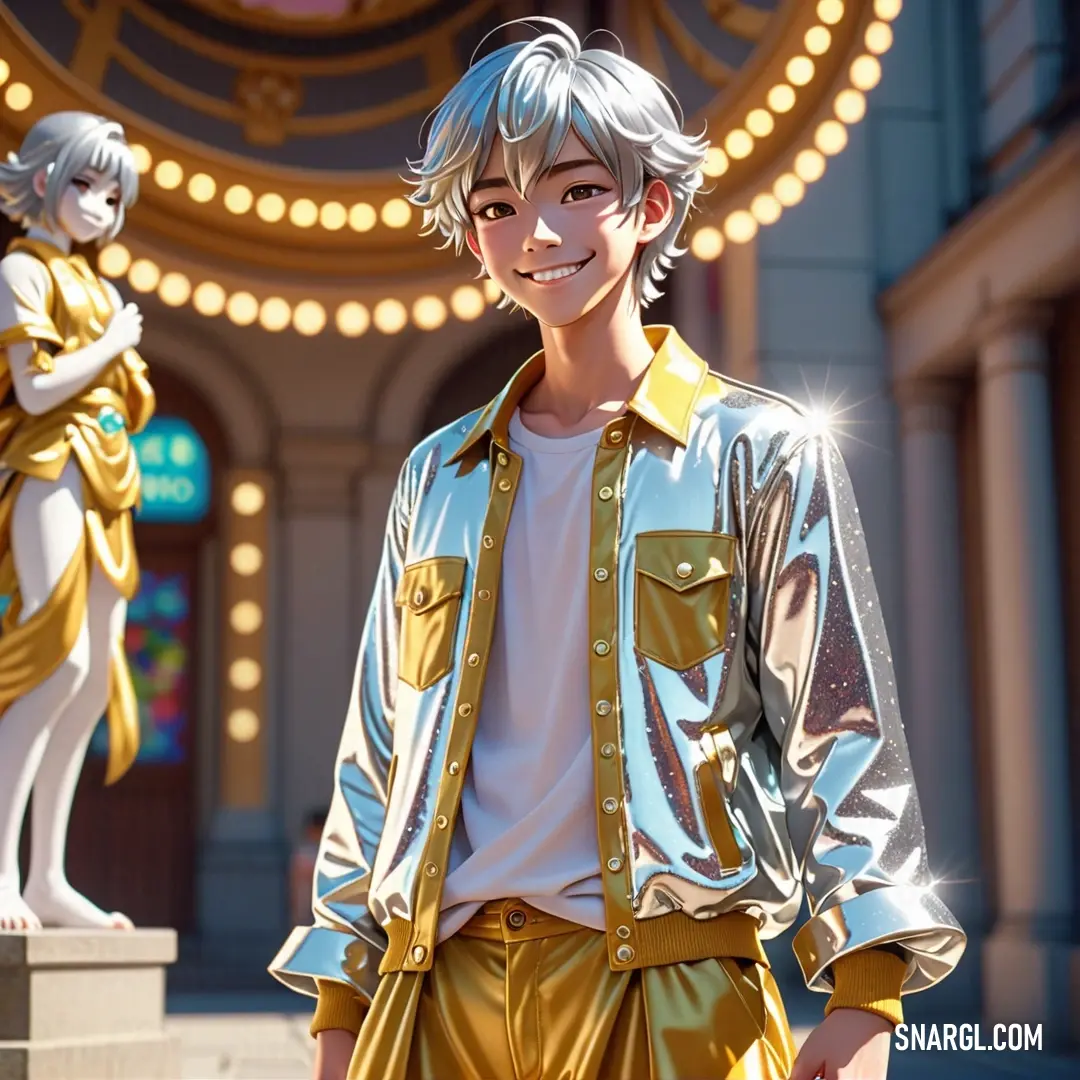
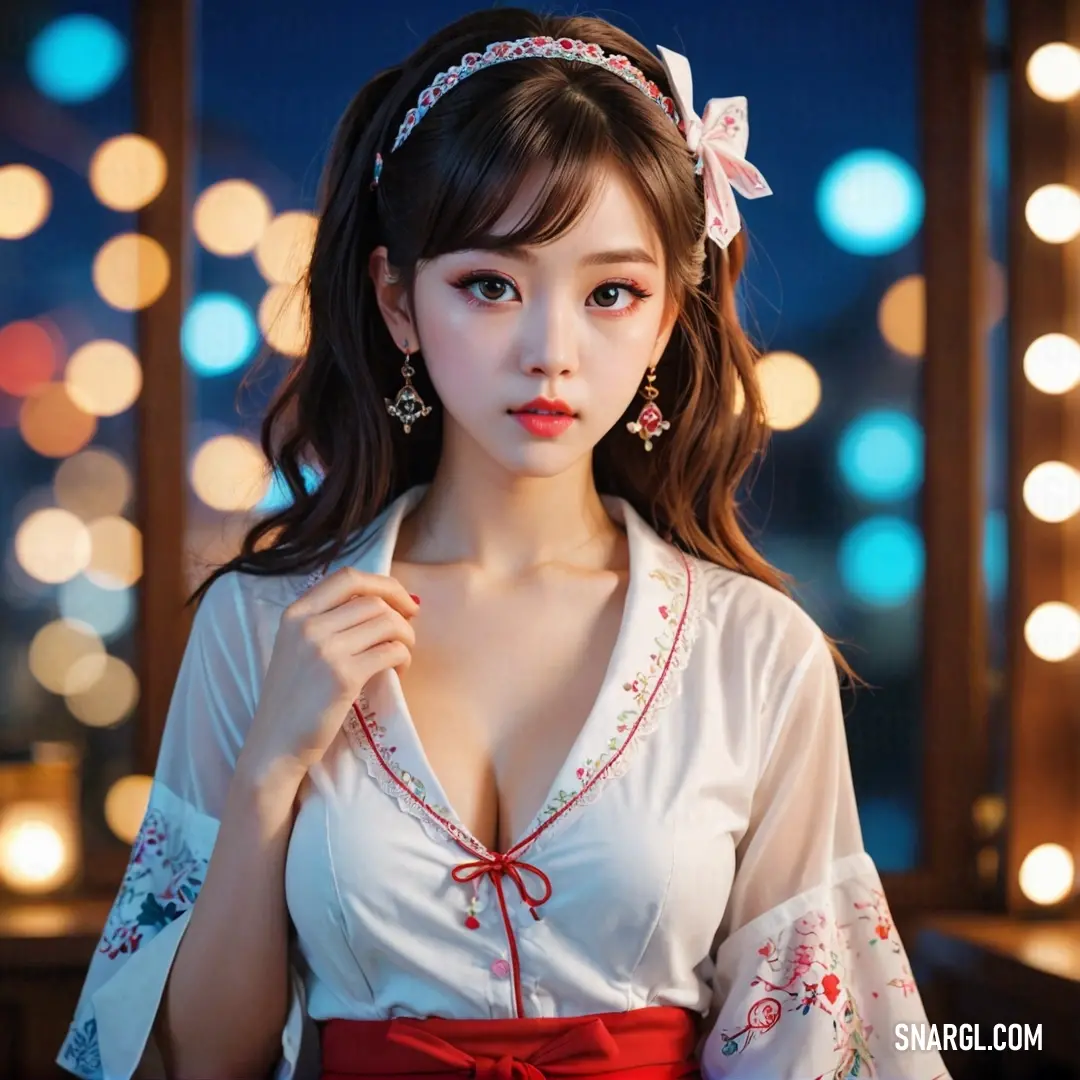
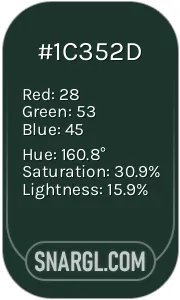 Medium jungle green
Medium jungle green Pale pink
Pale pink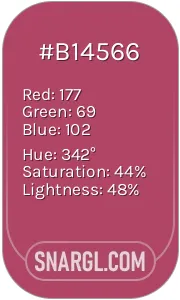 Sangria
Sangria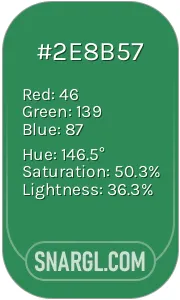 Sea Green
Sea Green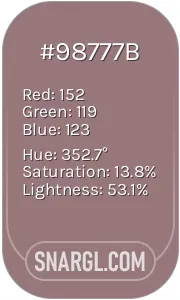 Bazaar
Bazaar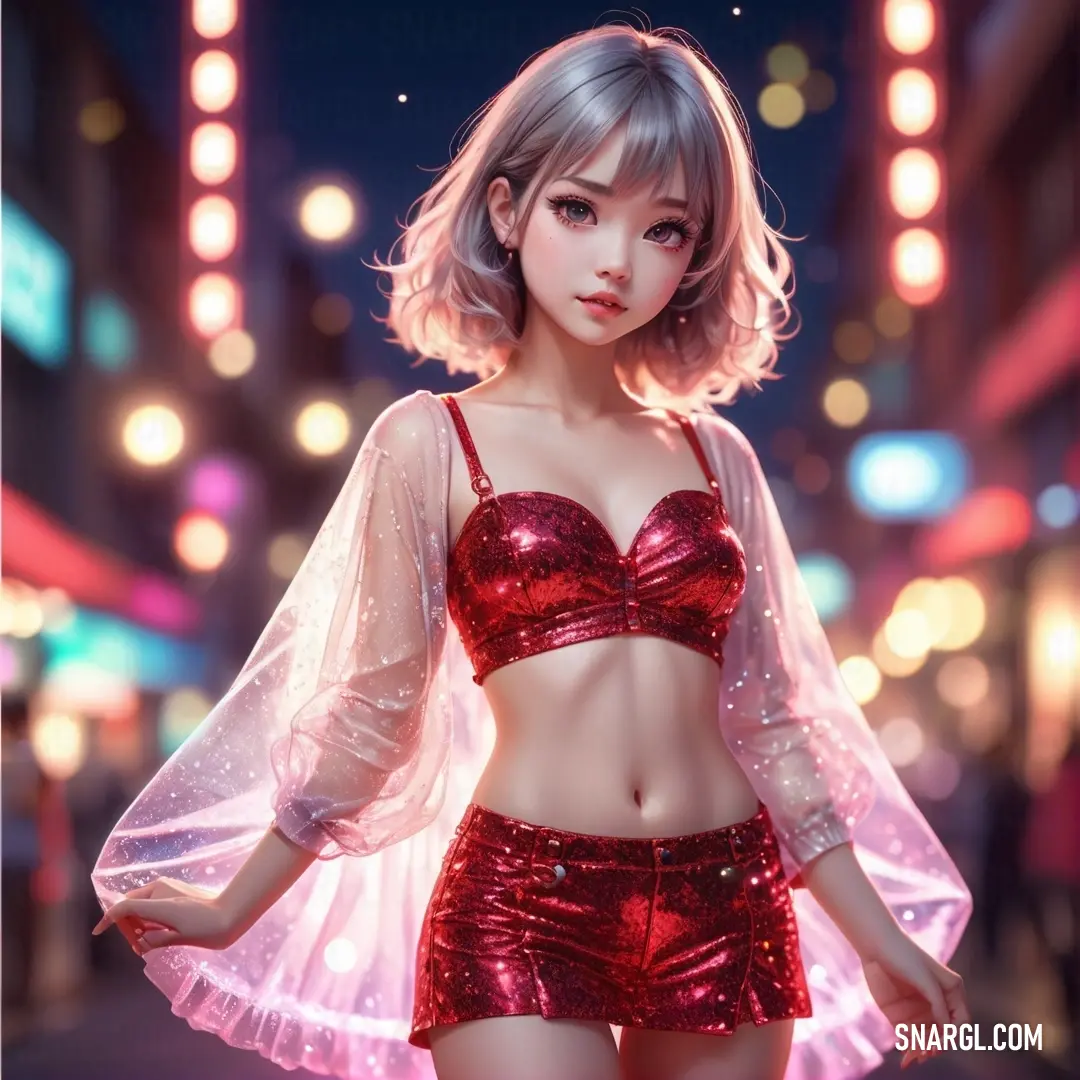
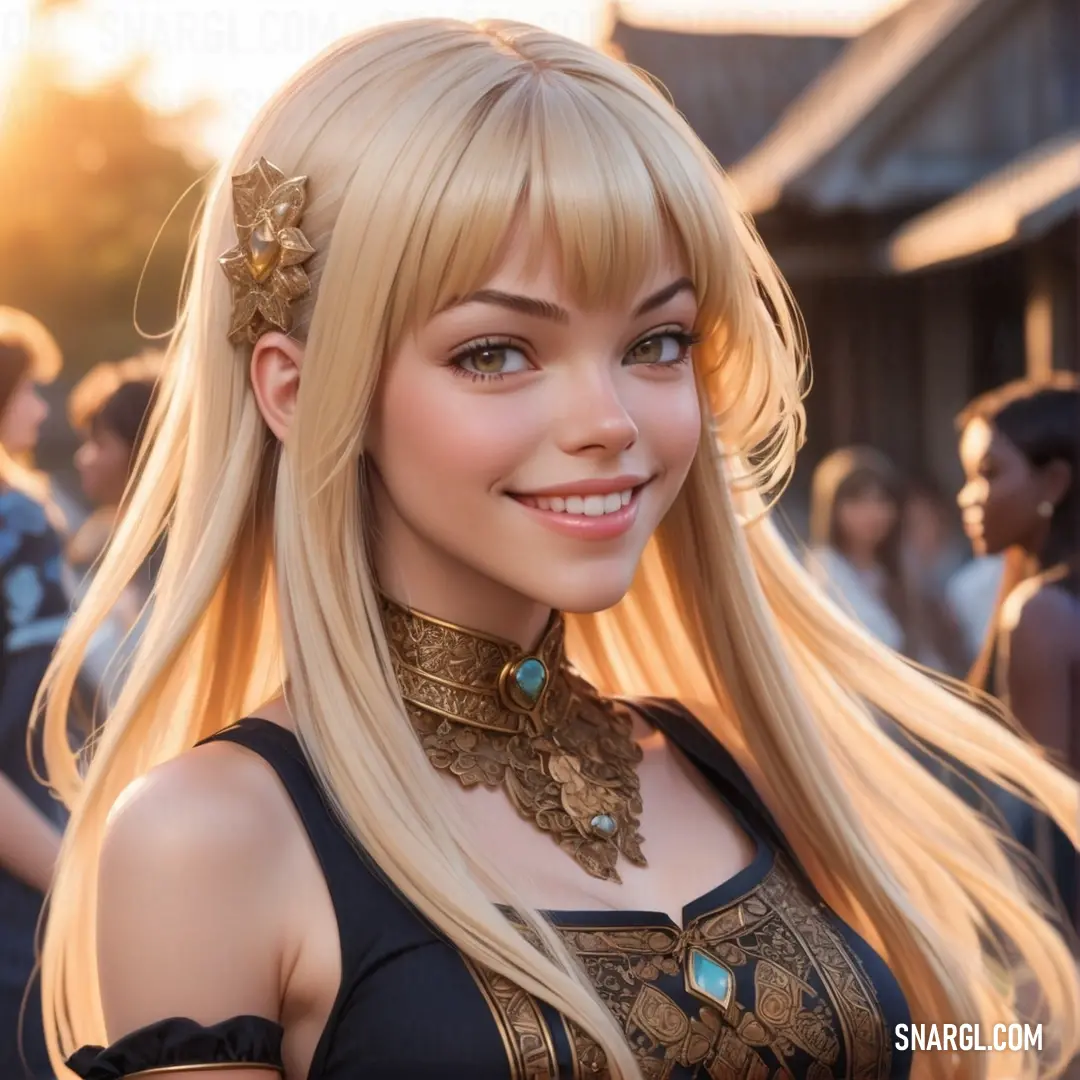
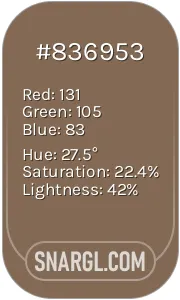 Pastel brown
Pastel brown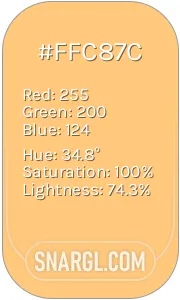 Topaz
Topaz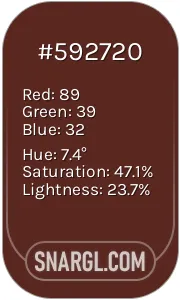 Caput mortuum
Caput mortuum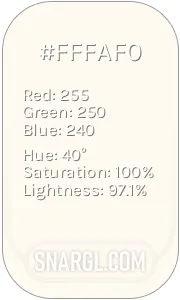 Floral white
Floral white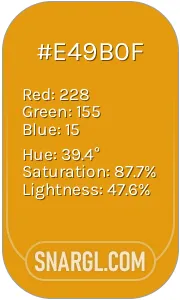 Gamboge
Gamboge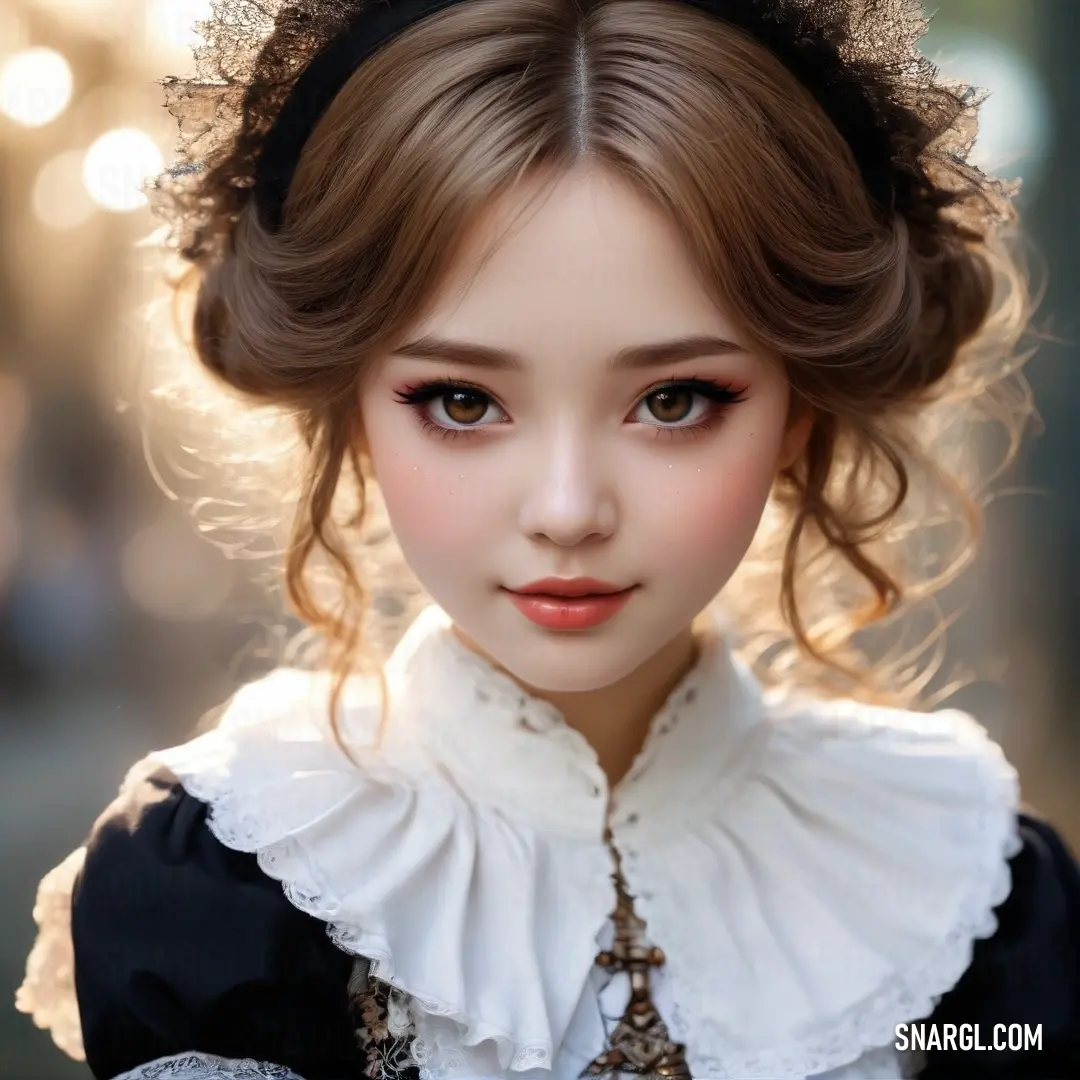
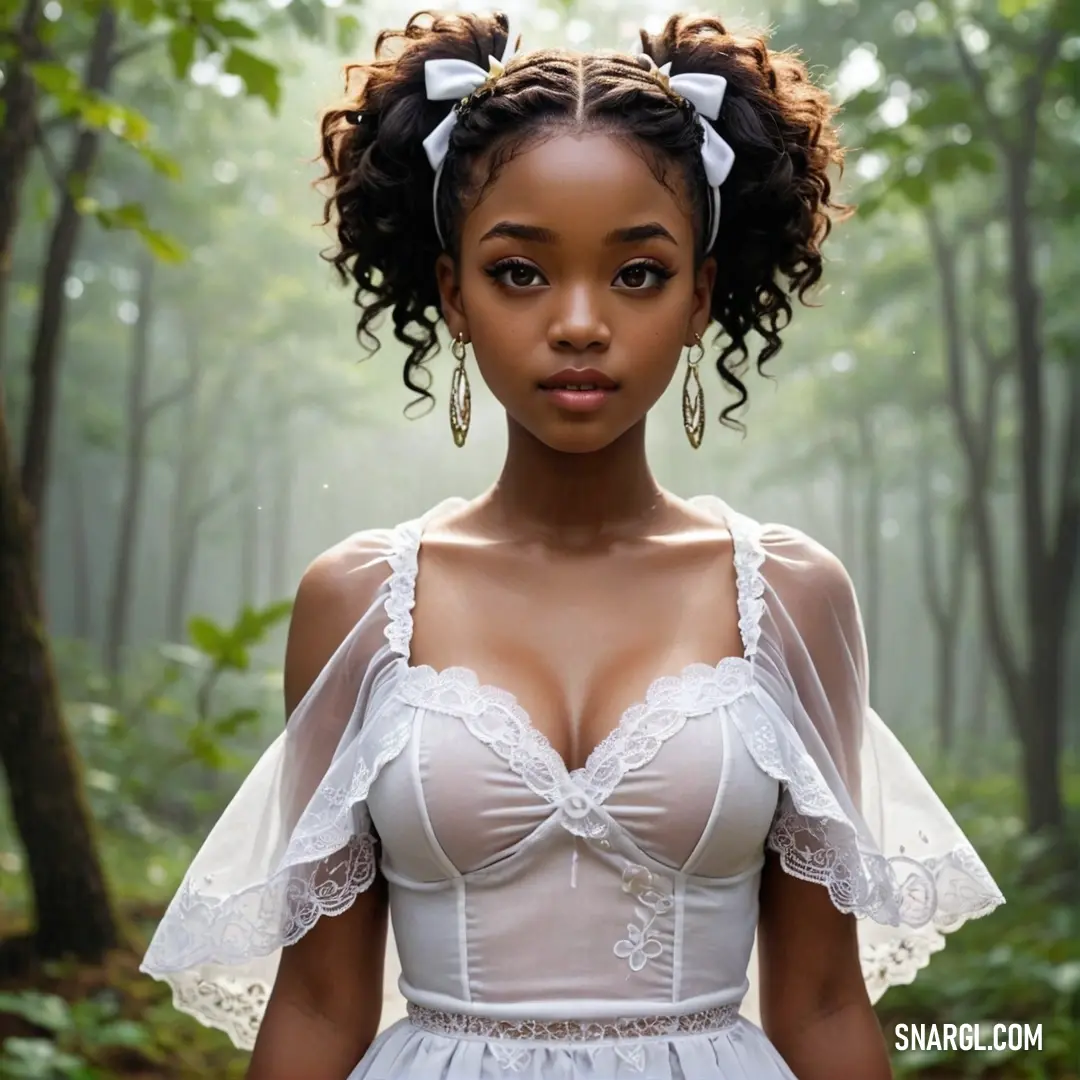
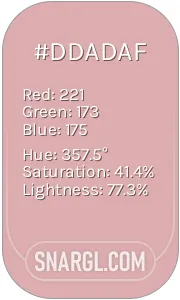 Pale chestnut
Pale chestnut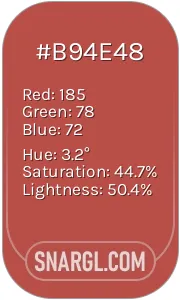 Deep chestnut
Deep chestnut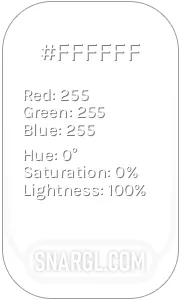 White
White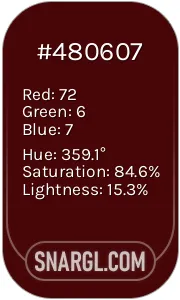 Bulgarian rose
Bulgarian rose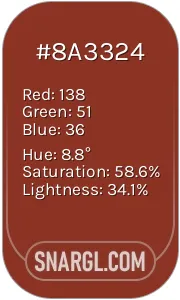 Burnt umber
Burnt umber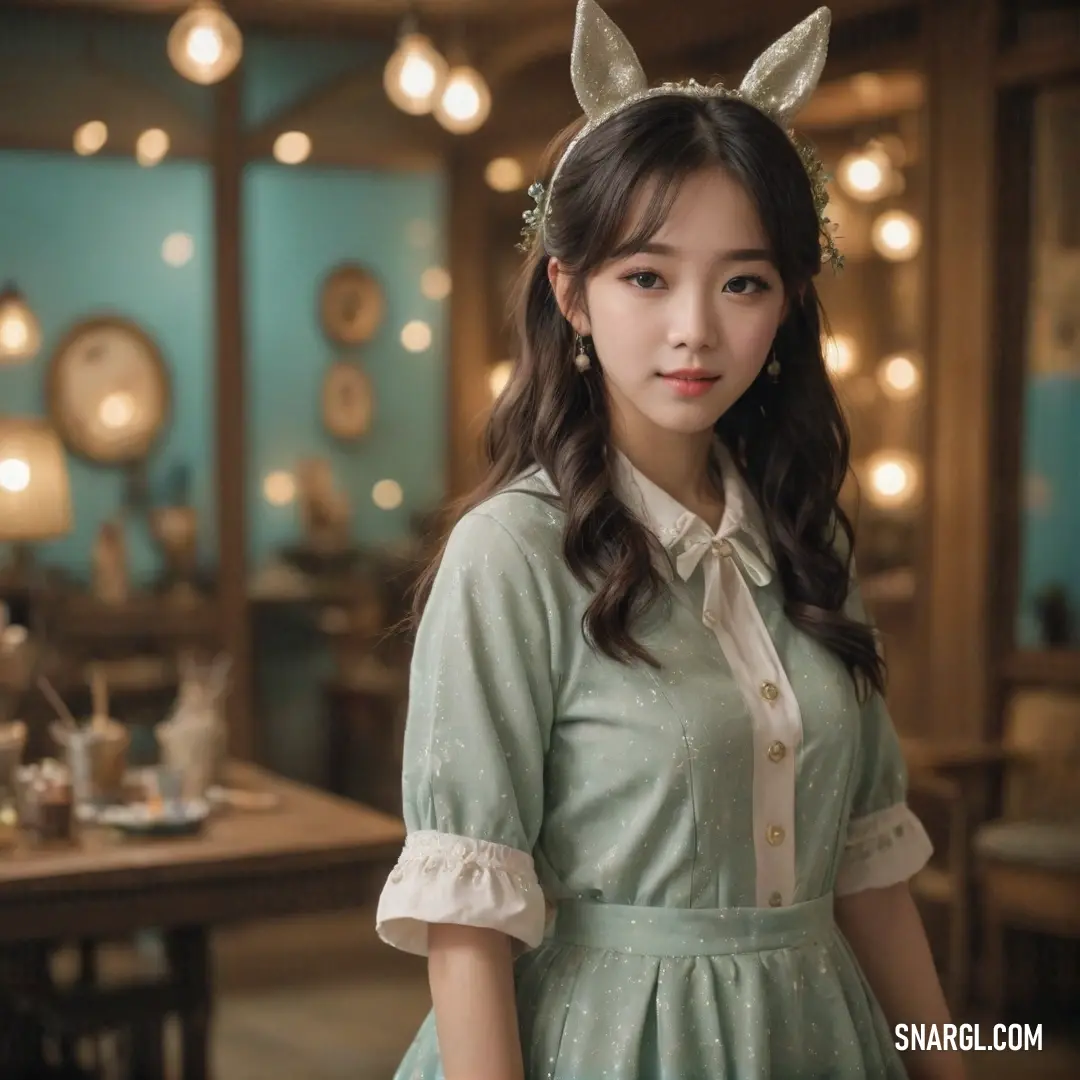
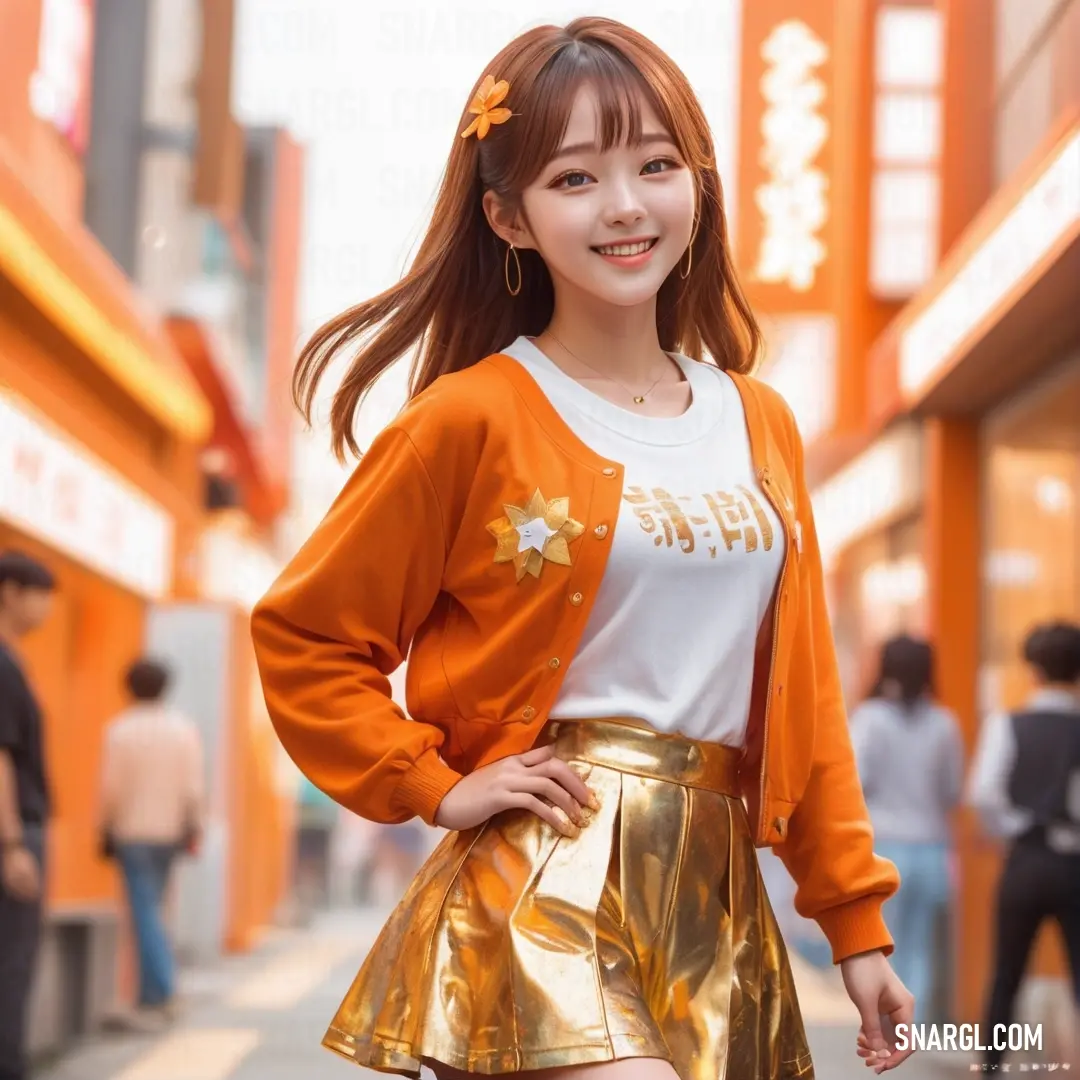
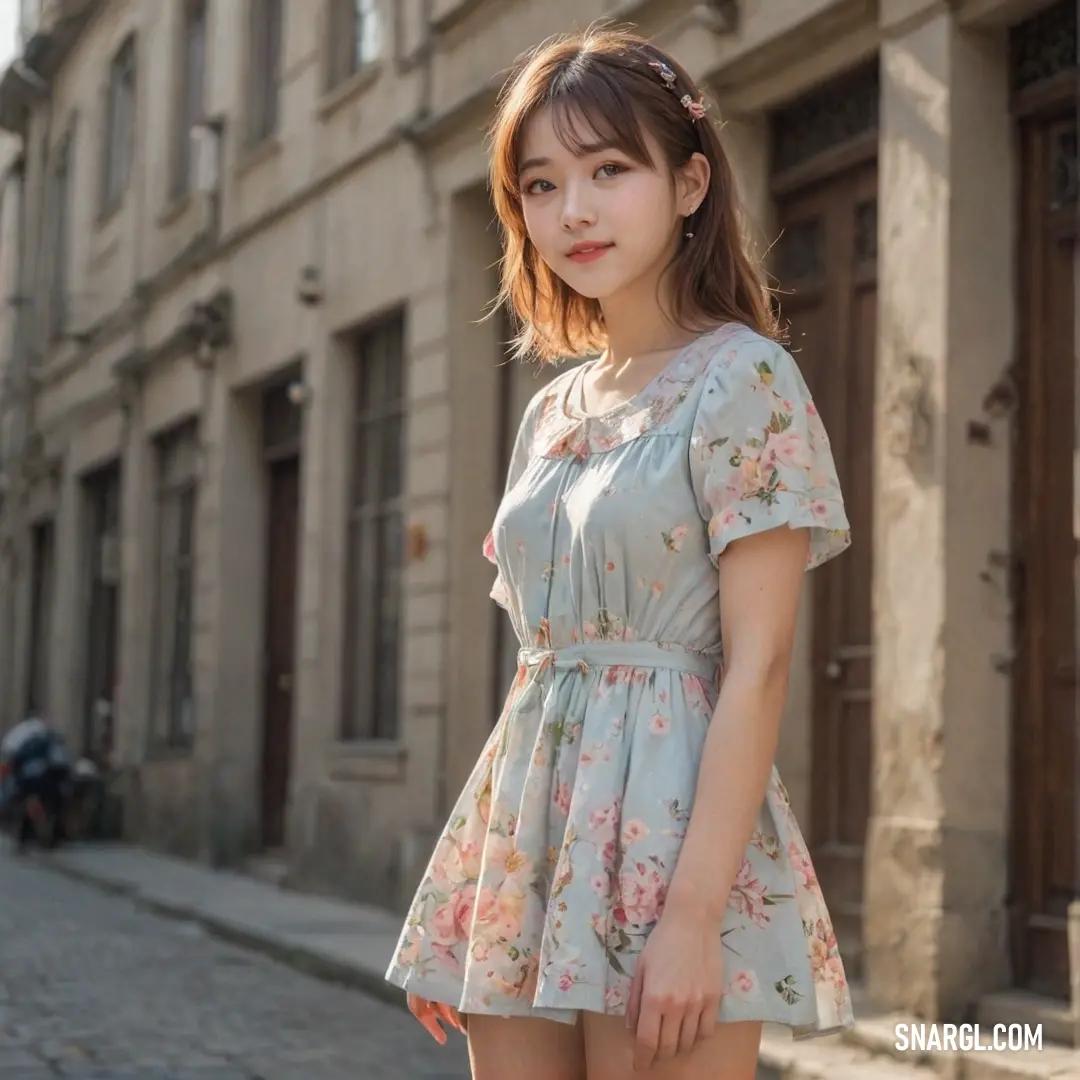
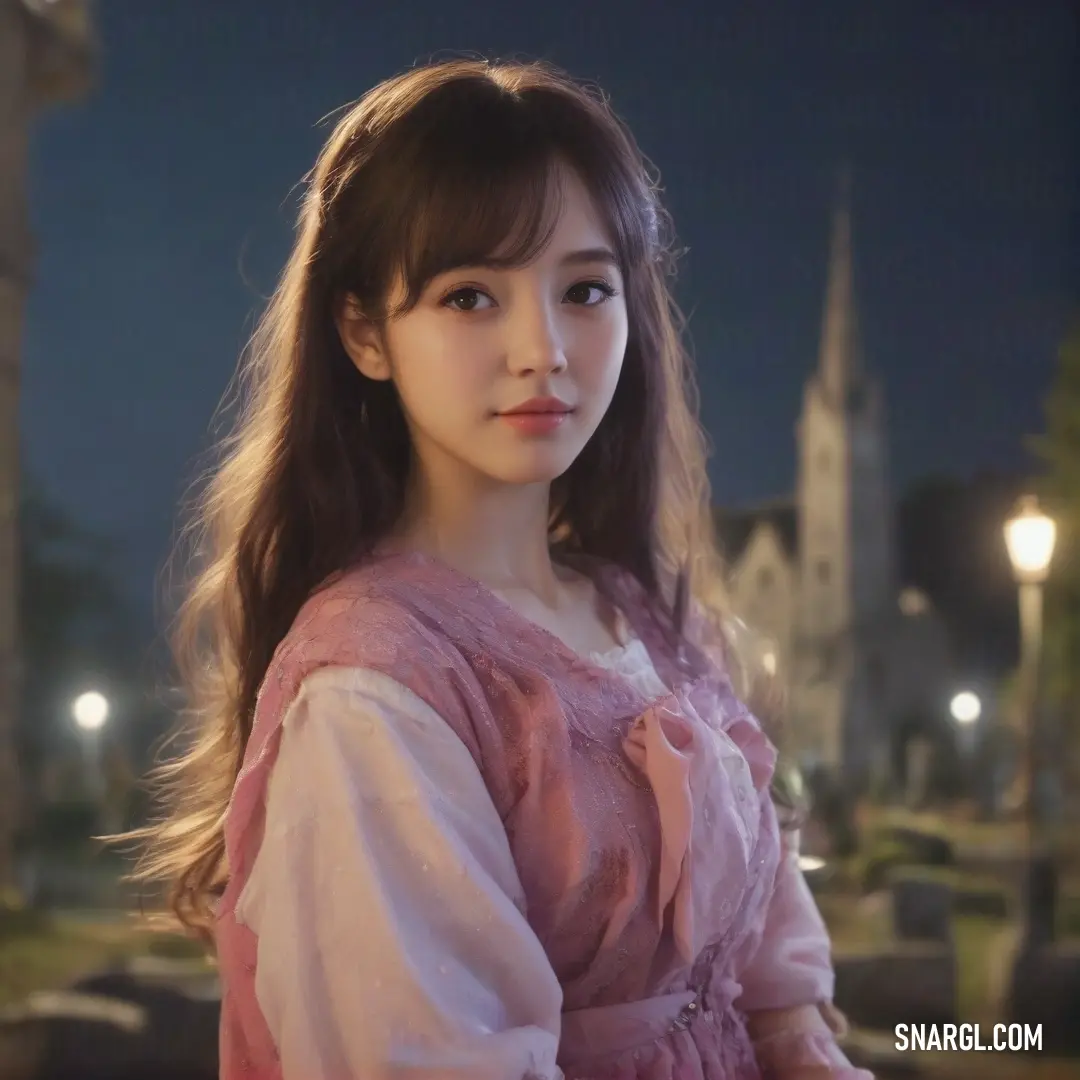
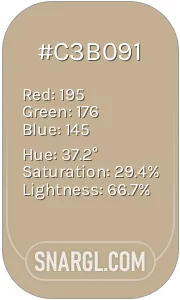 Khaki
Khaki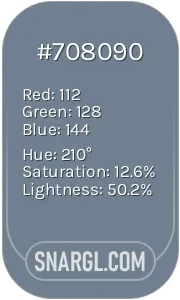 Slate gray
Slate gray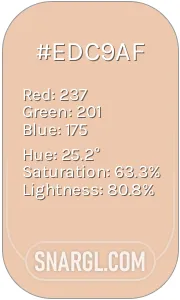 Desert sand
Desert sand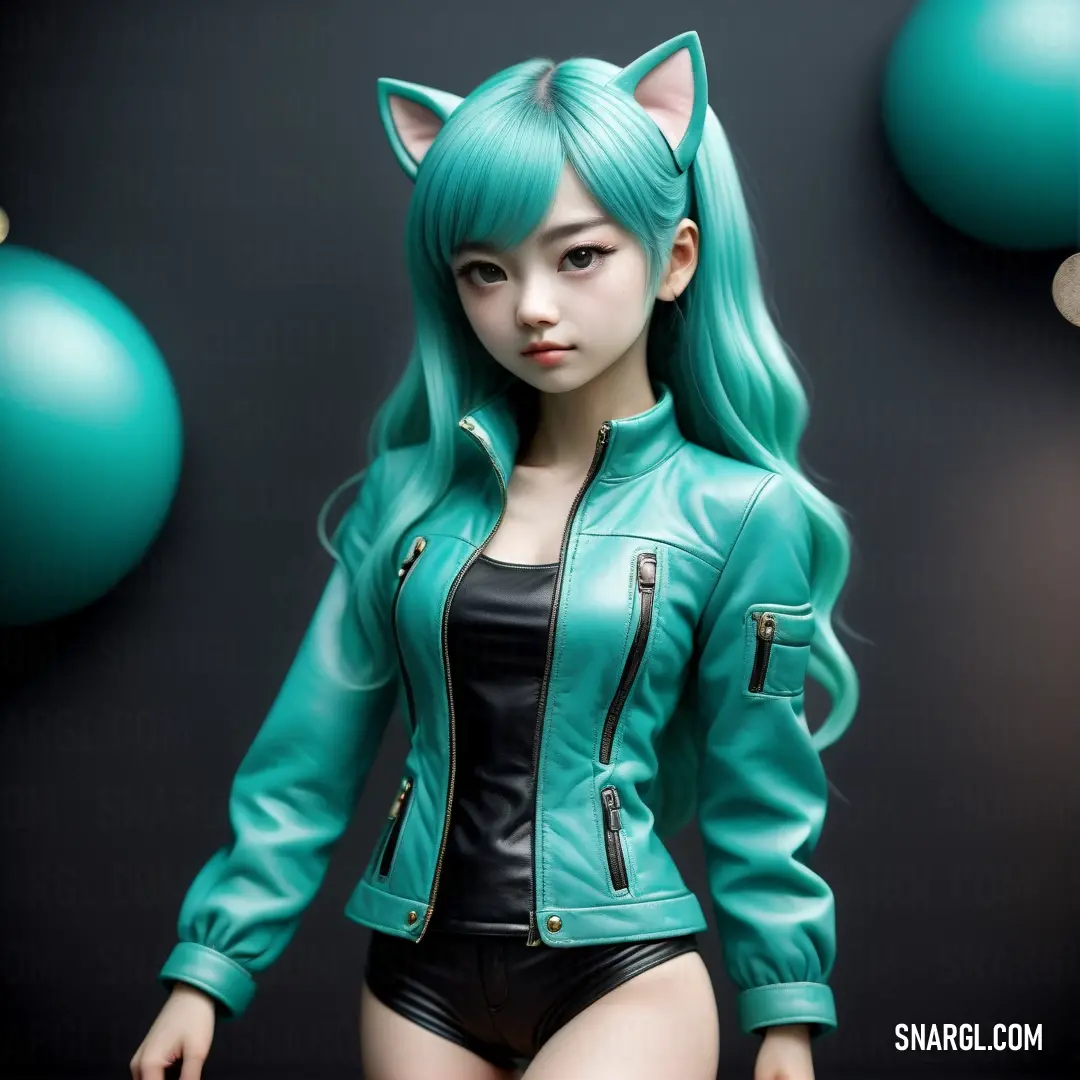
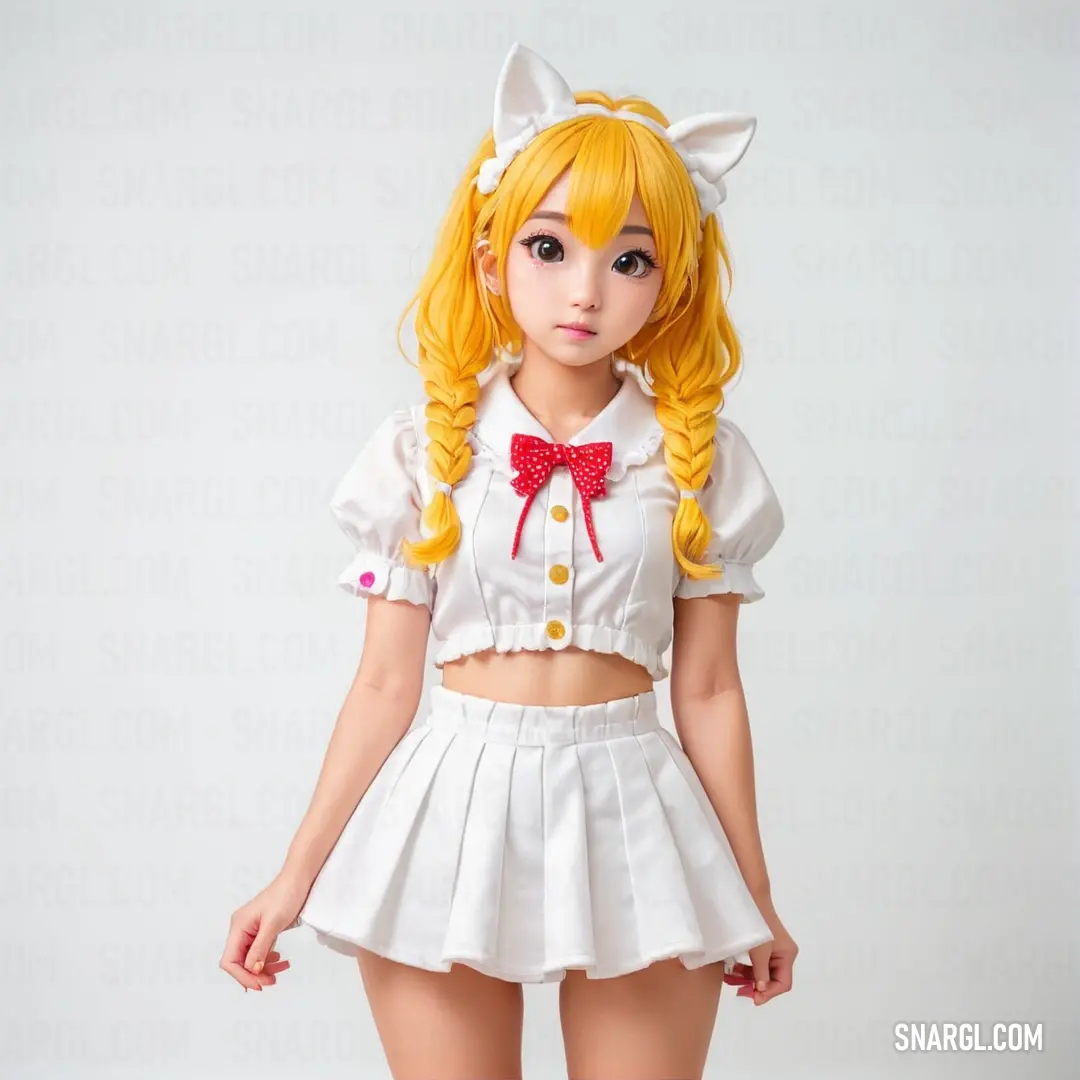
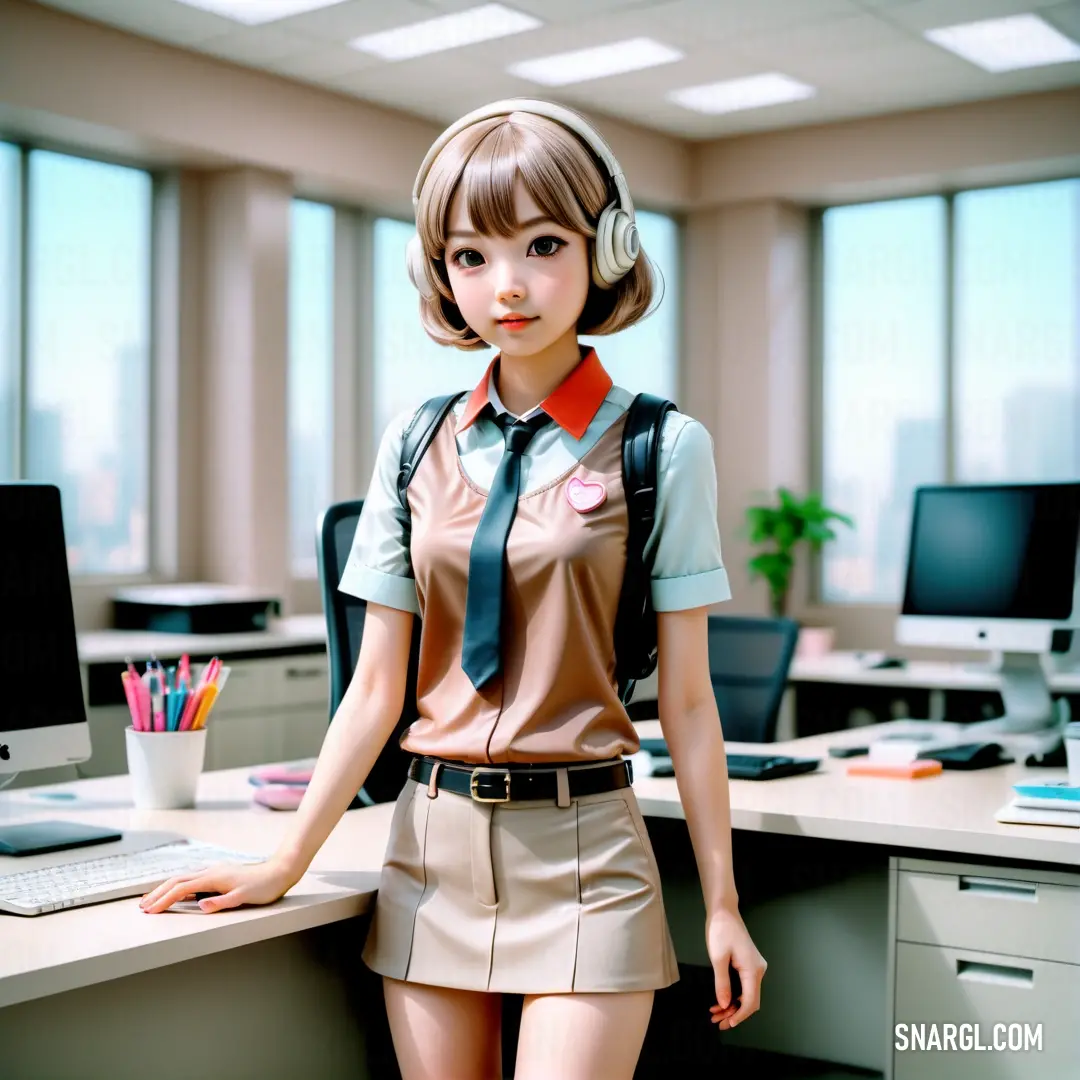
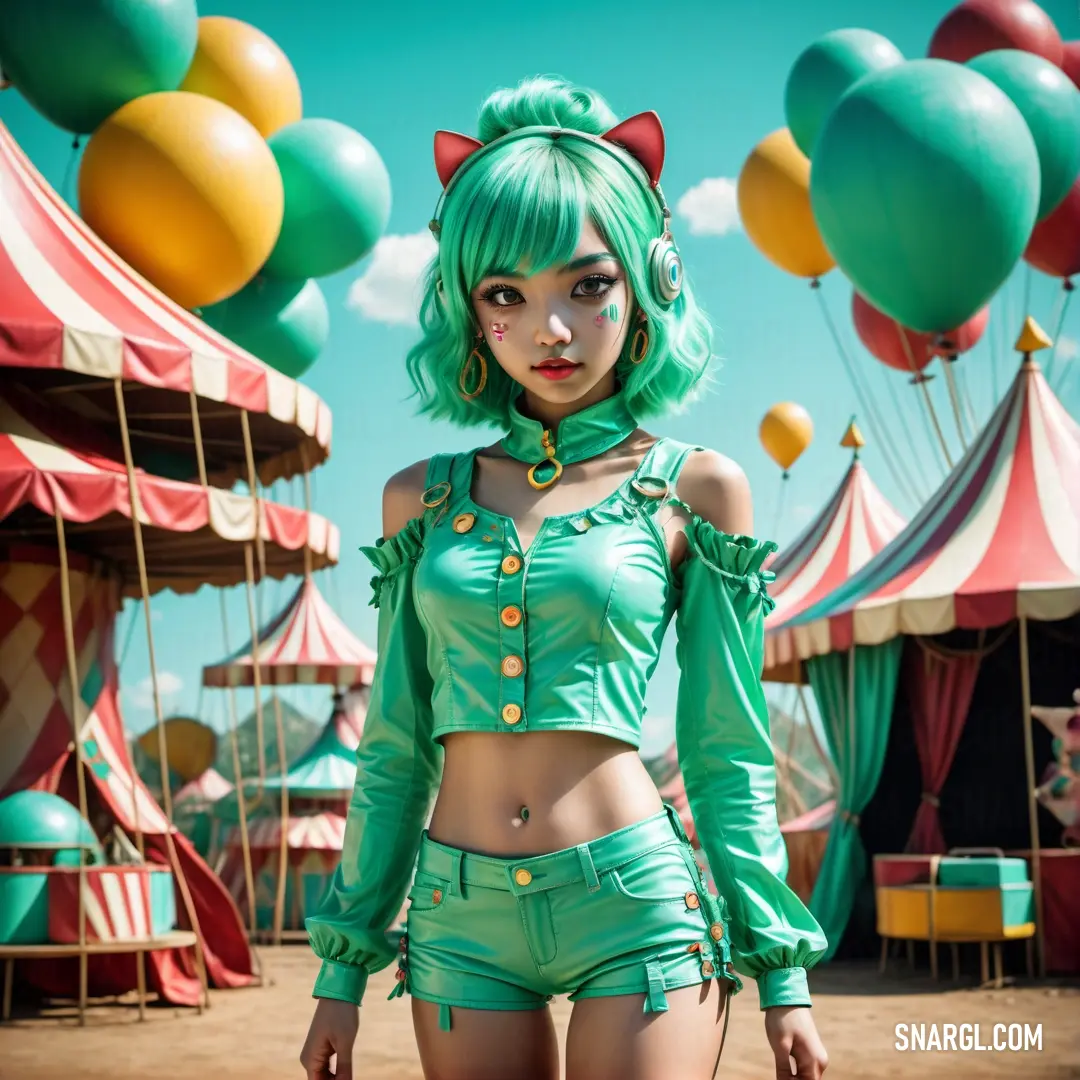
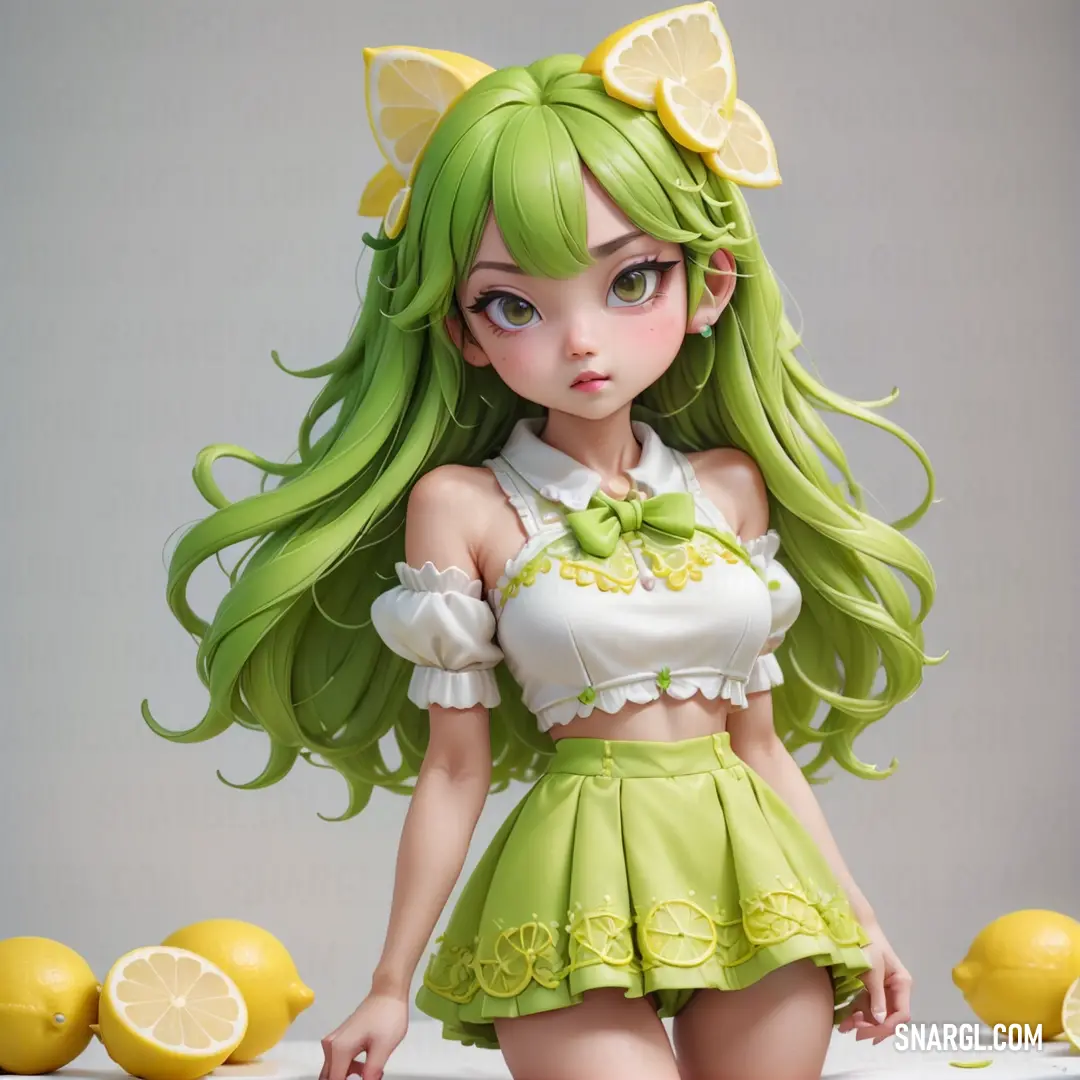
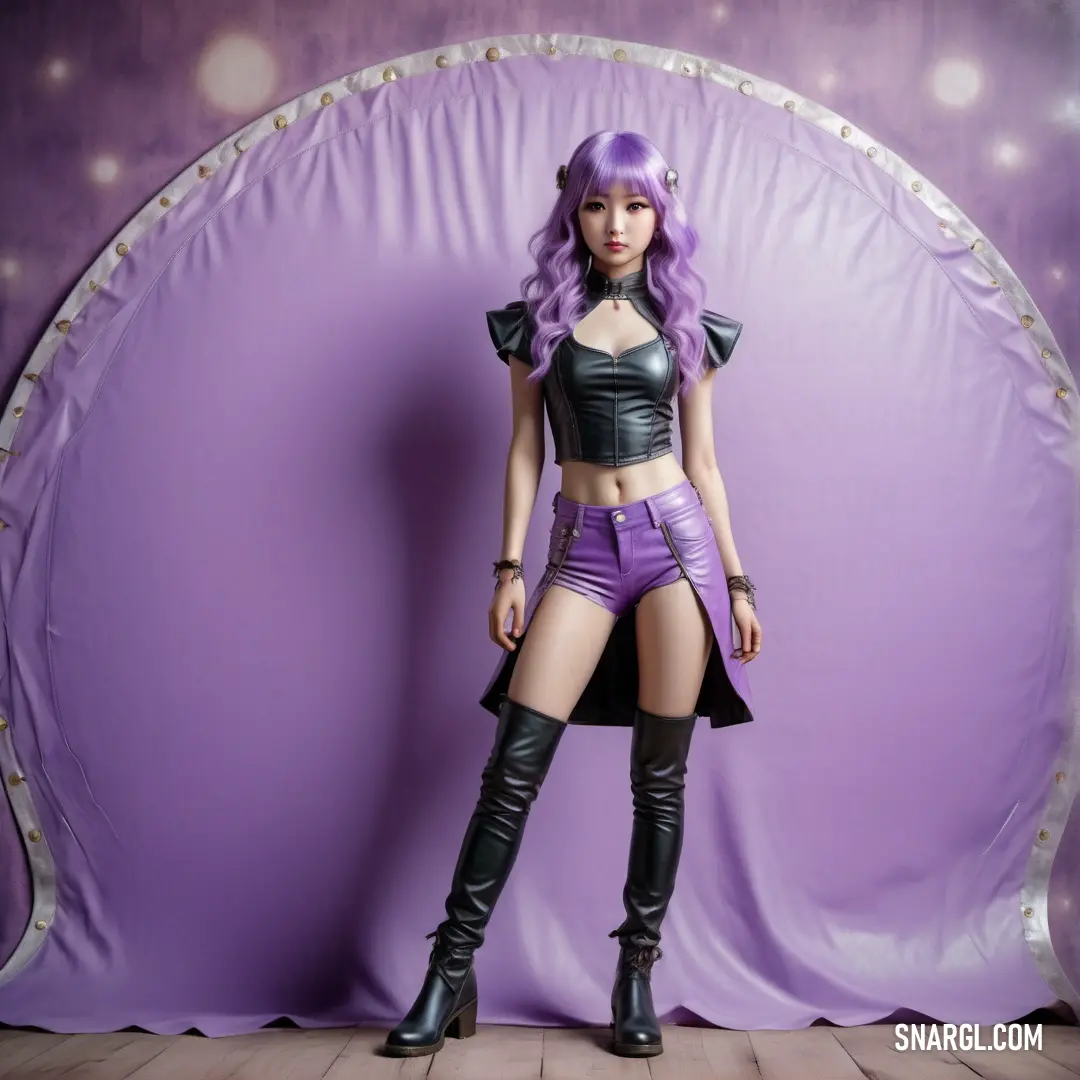
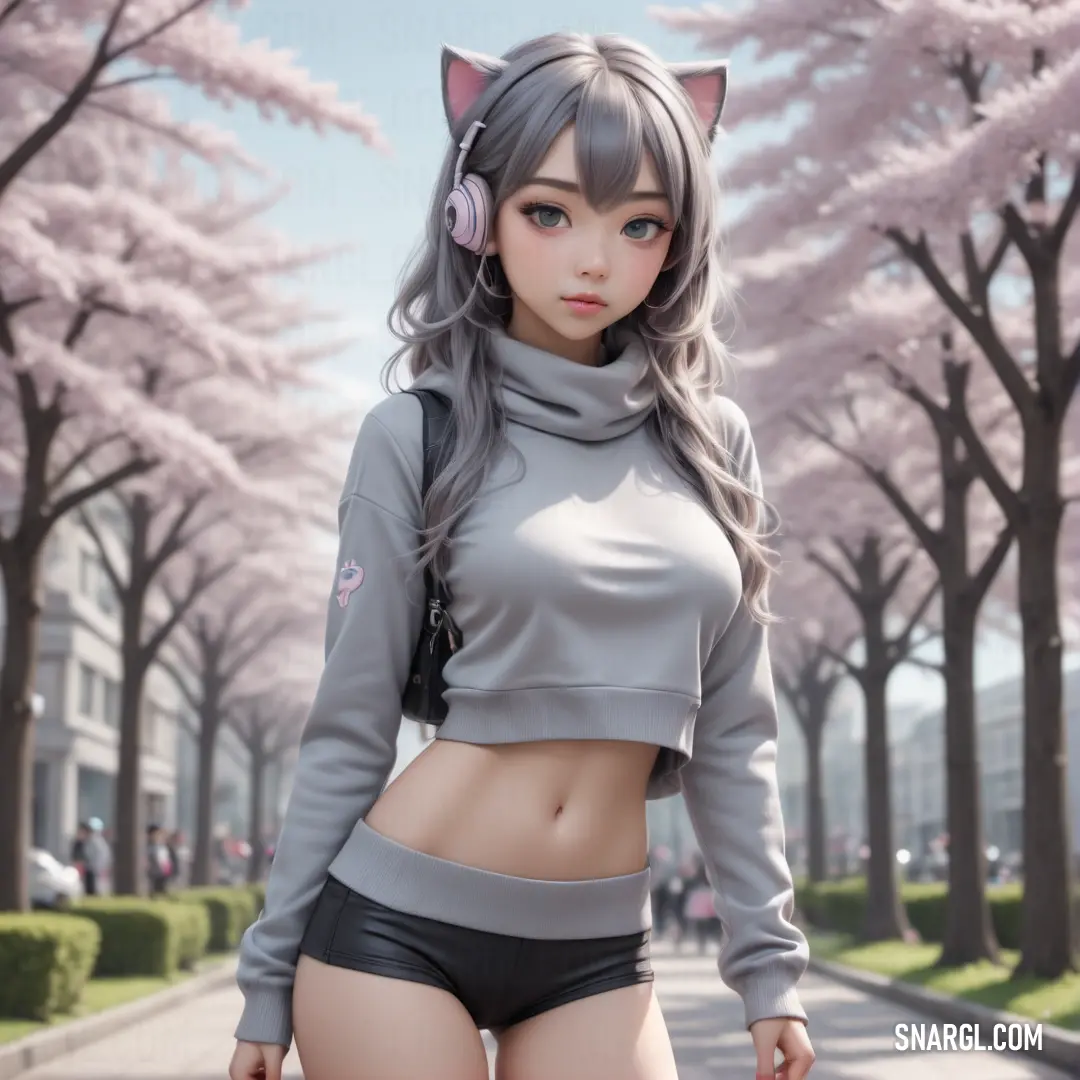
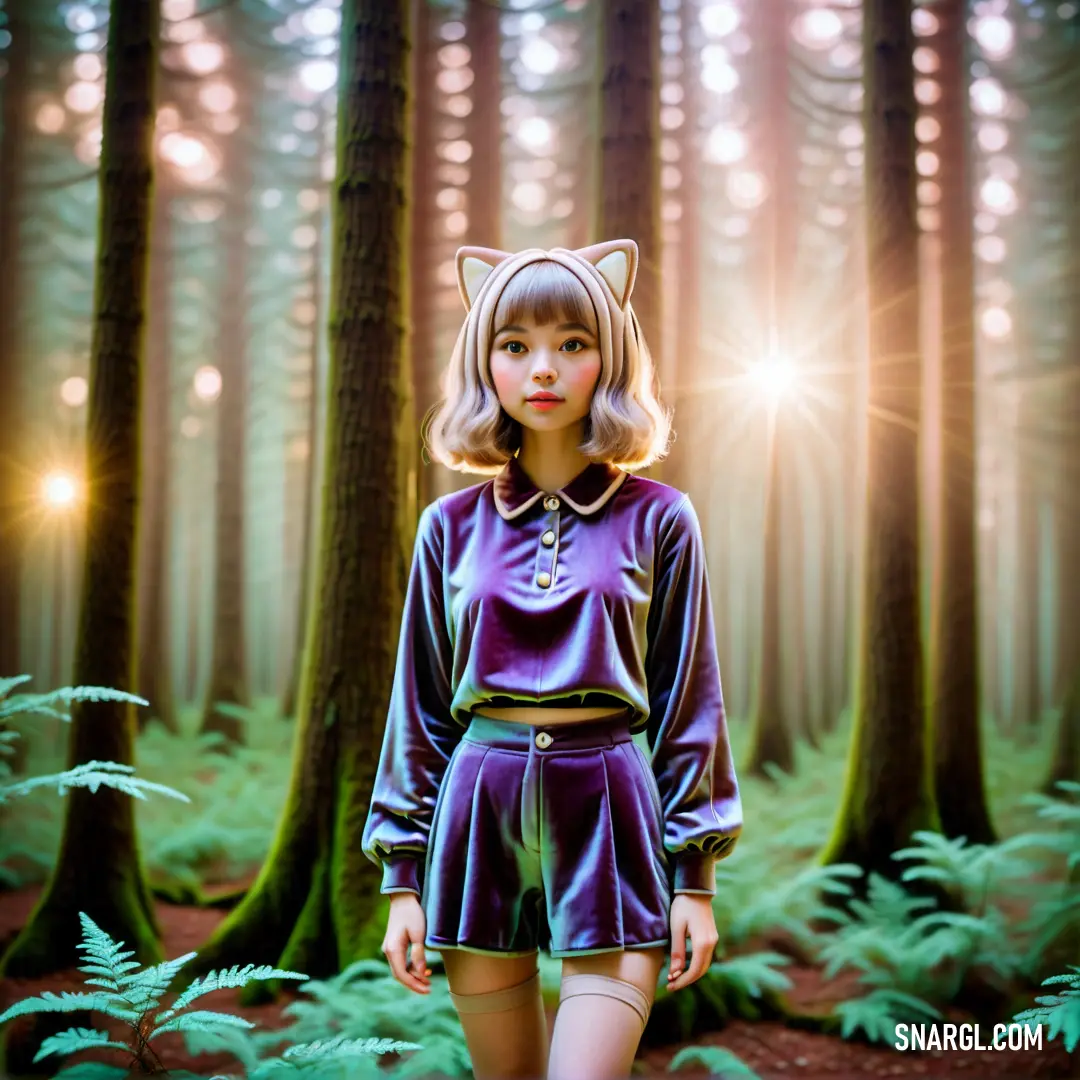
 Heart Gold
Heart Gold Unmellow Yellow
Unmellow Yellow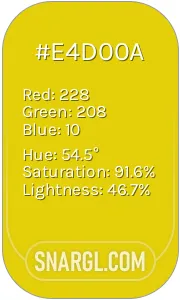 Citrine
Citrine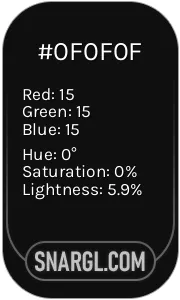 Onyx
Onyx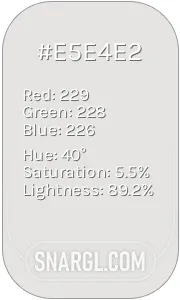 Platinum
Platinum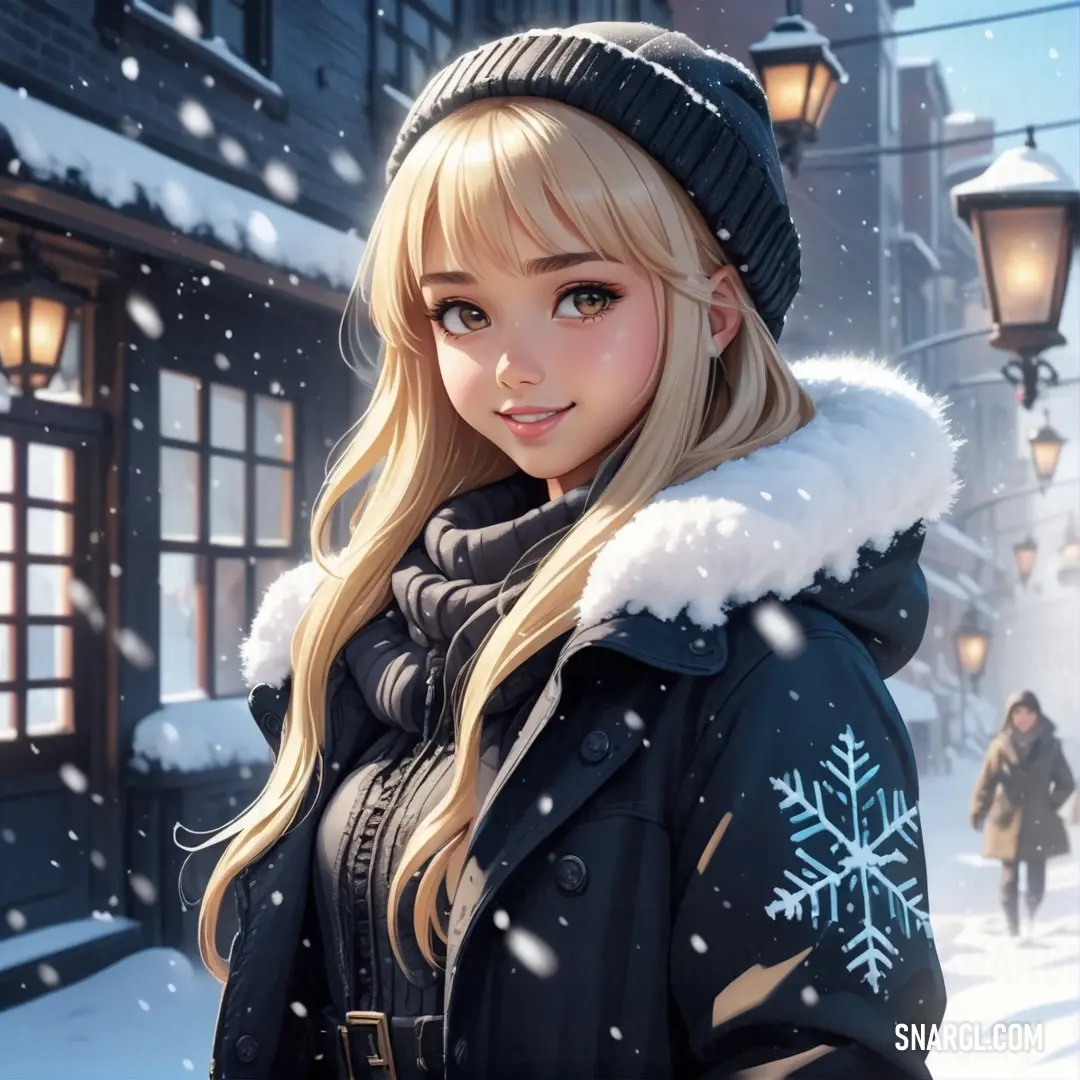
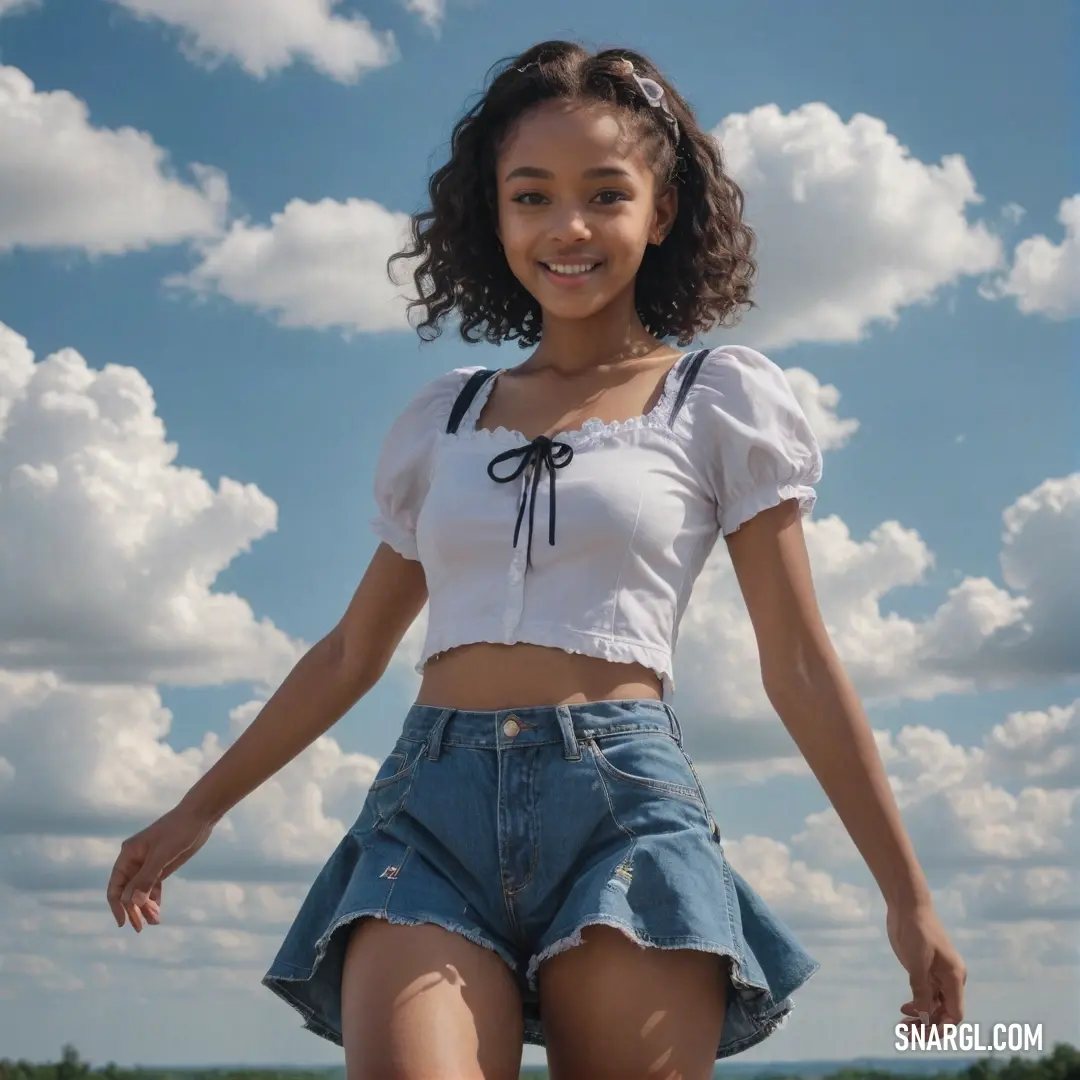
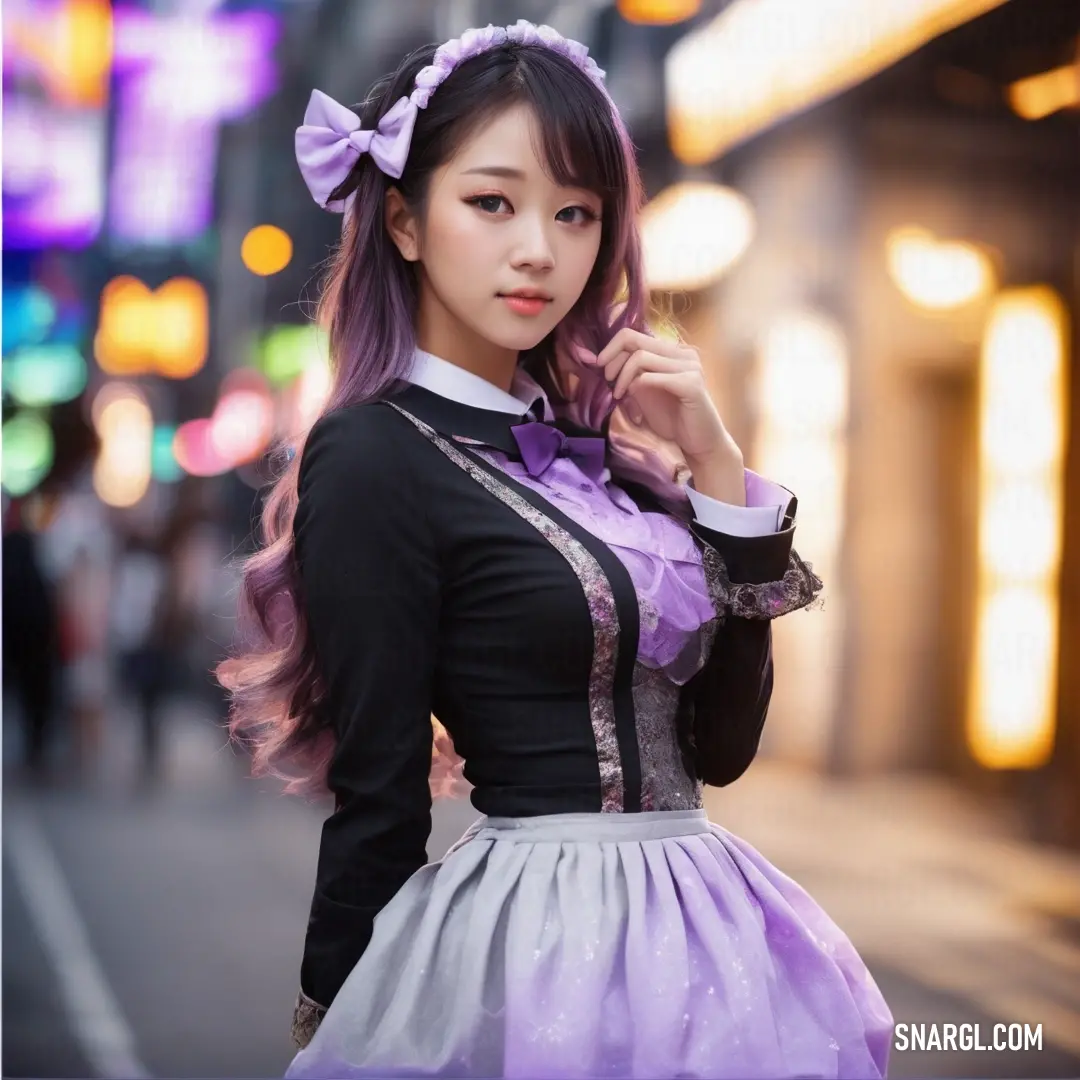
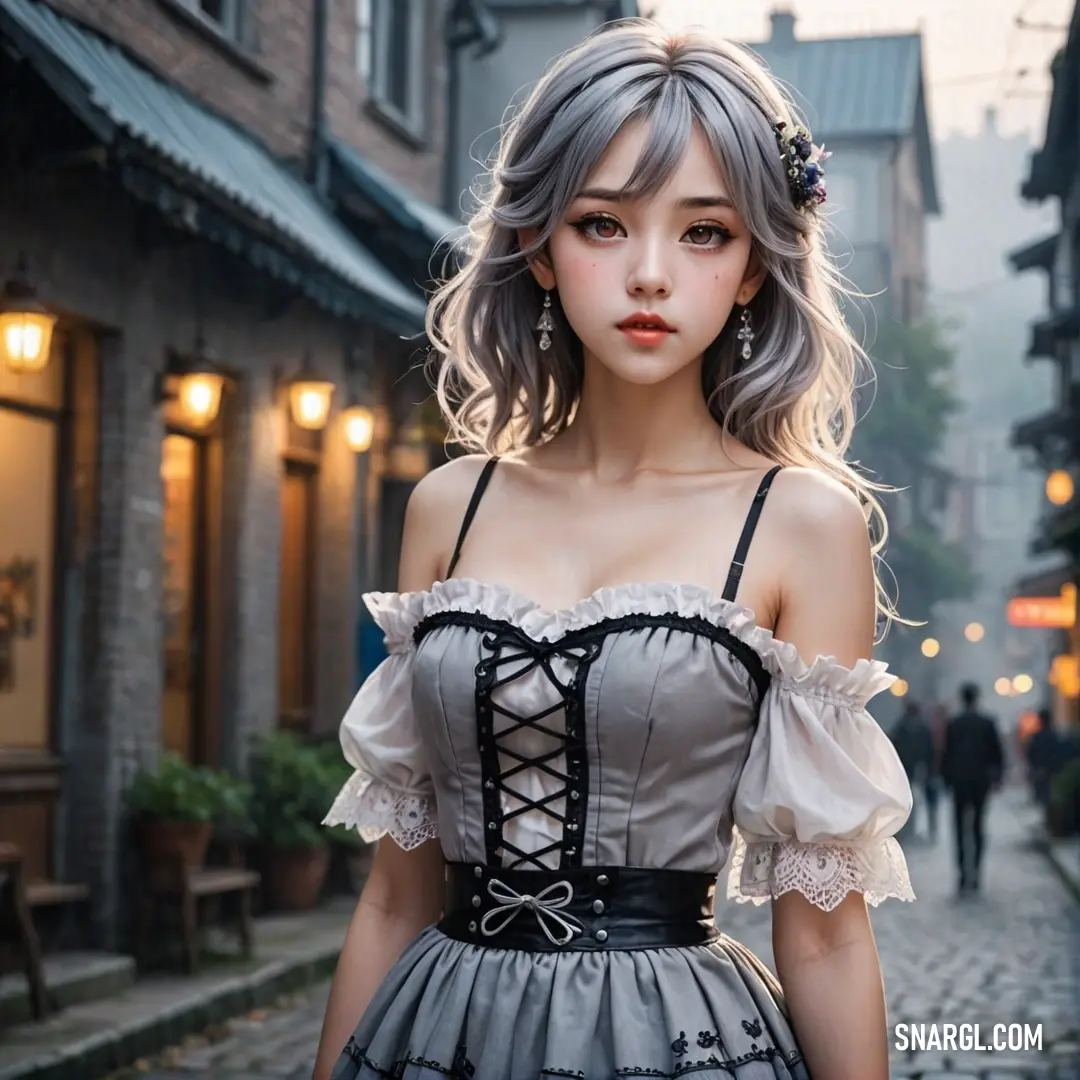
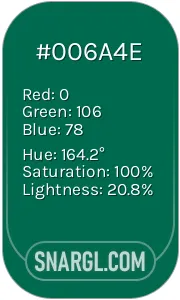 Bottle green
Bottle green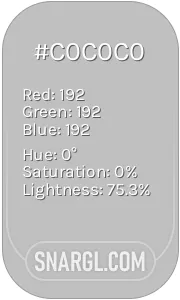 Silver
Silver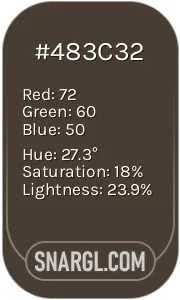 Dark lava
Dark lava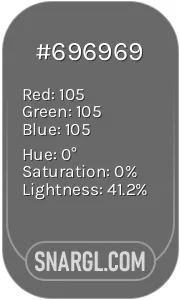 Dim gray
Dim gray Brass
Brass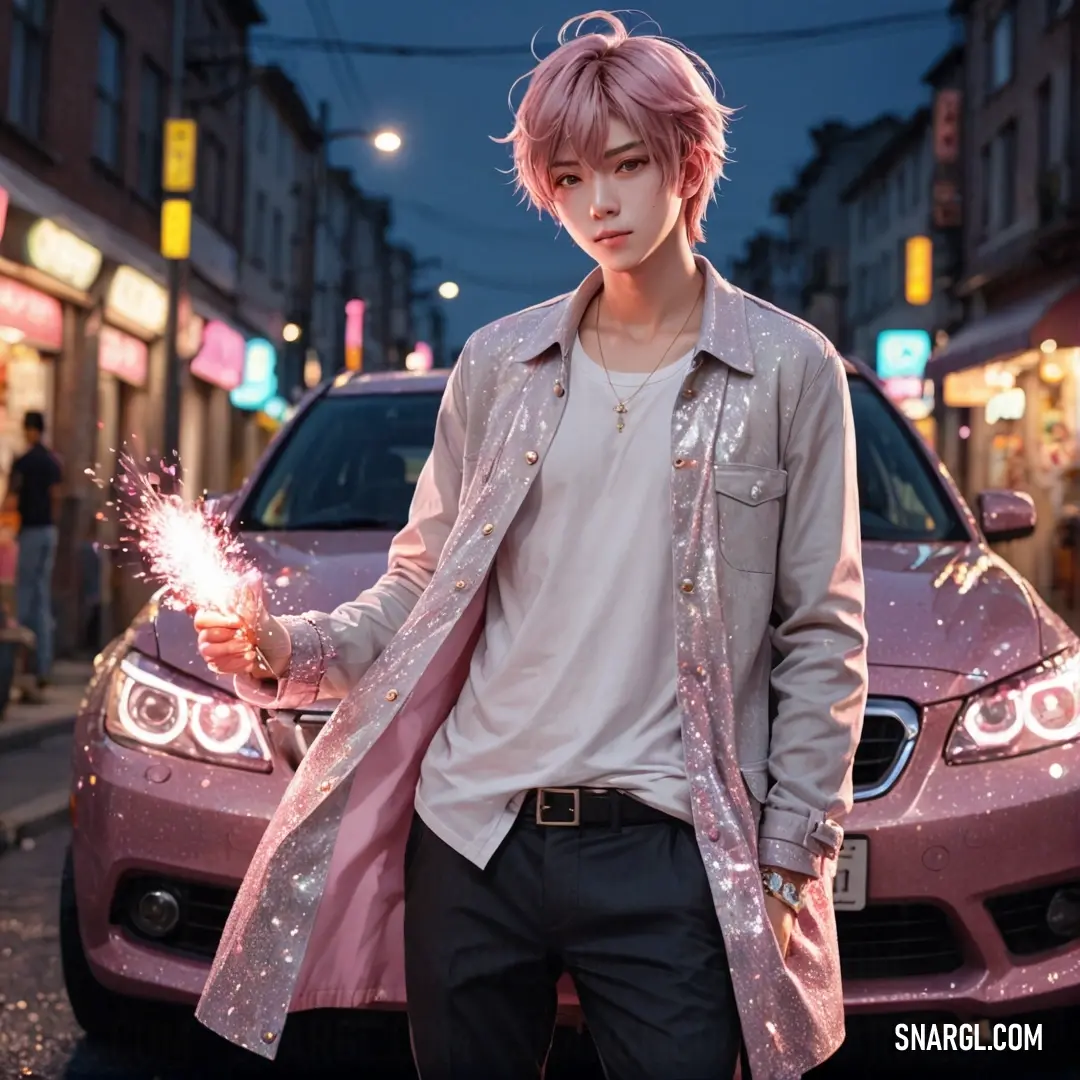
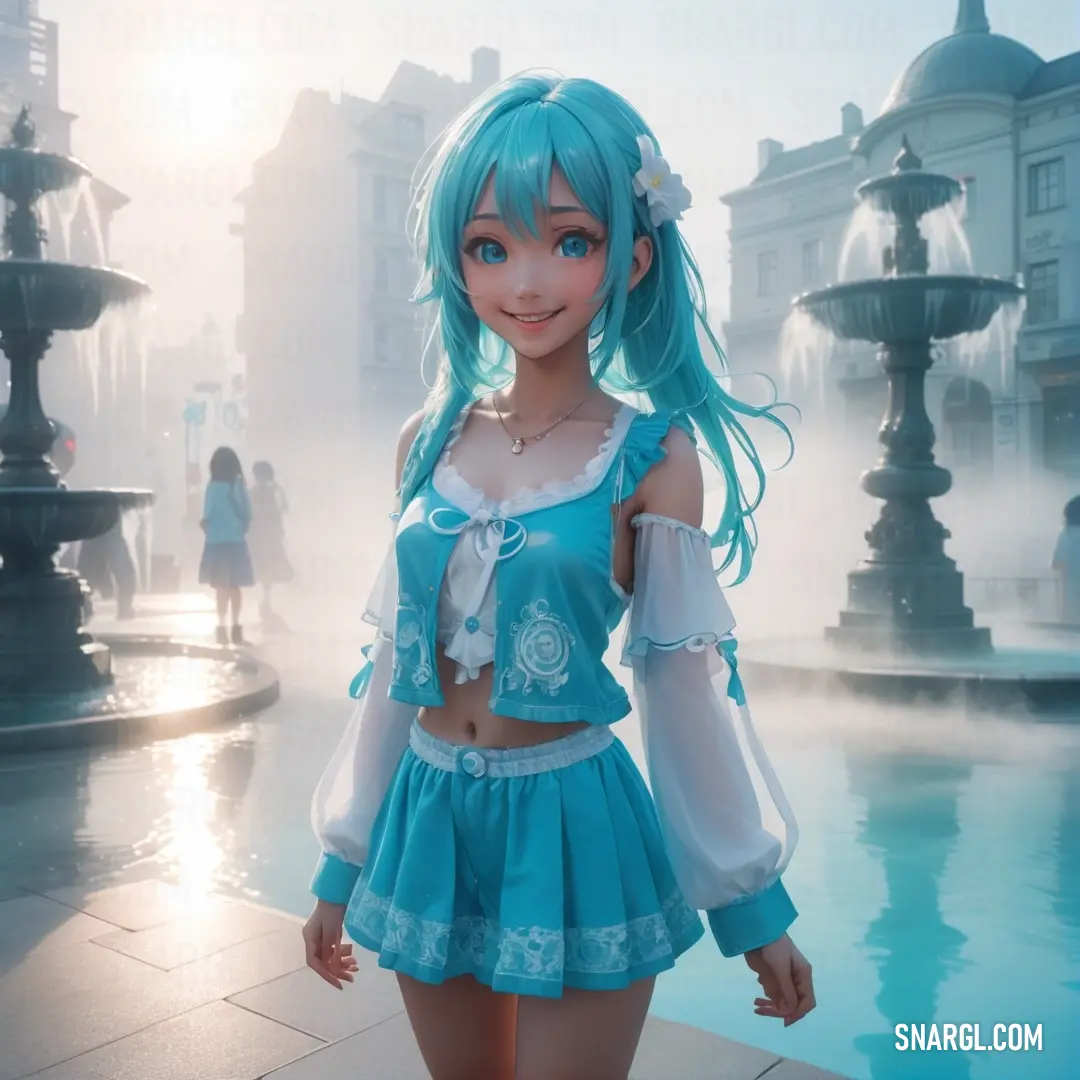
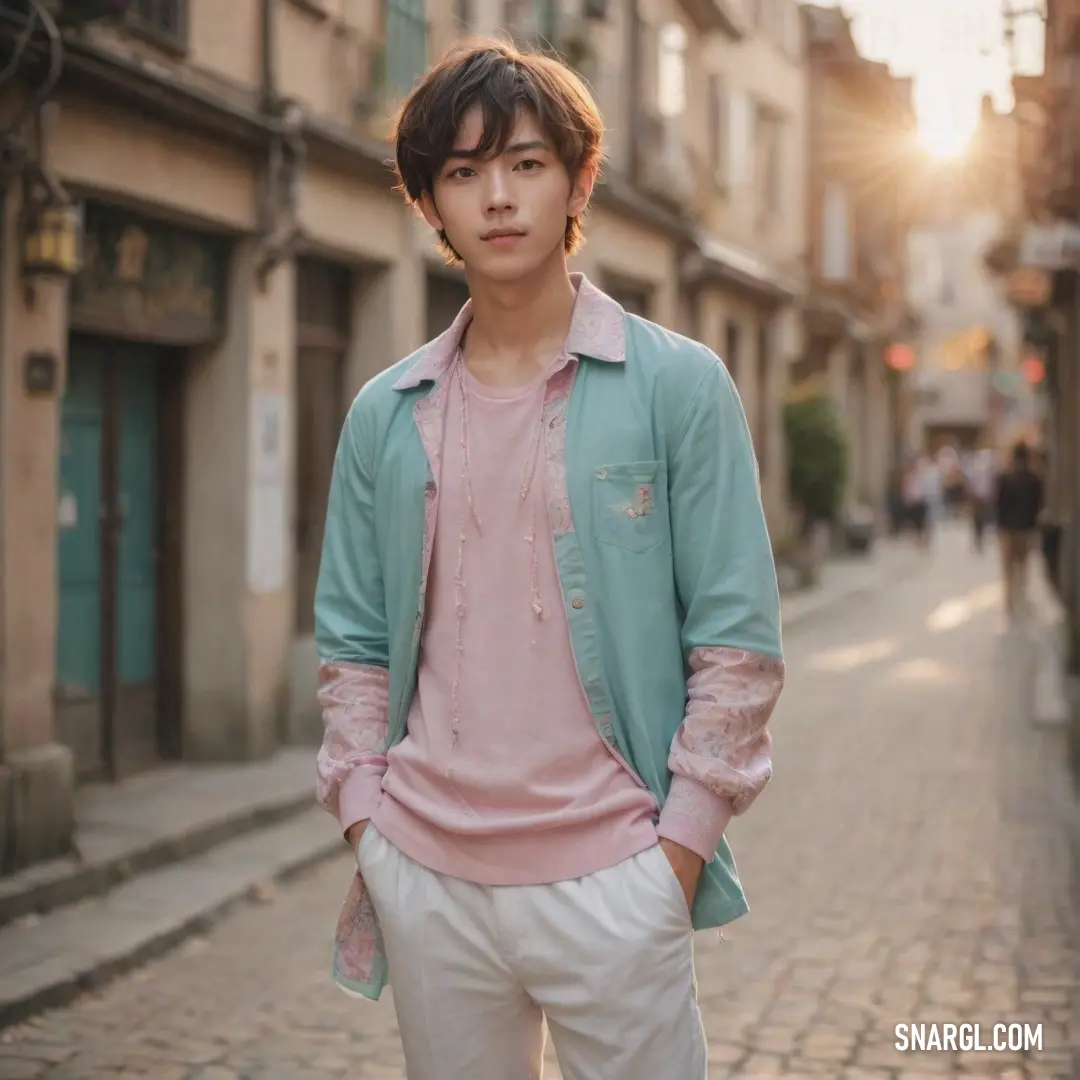
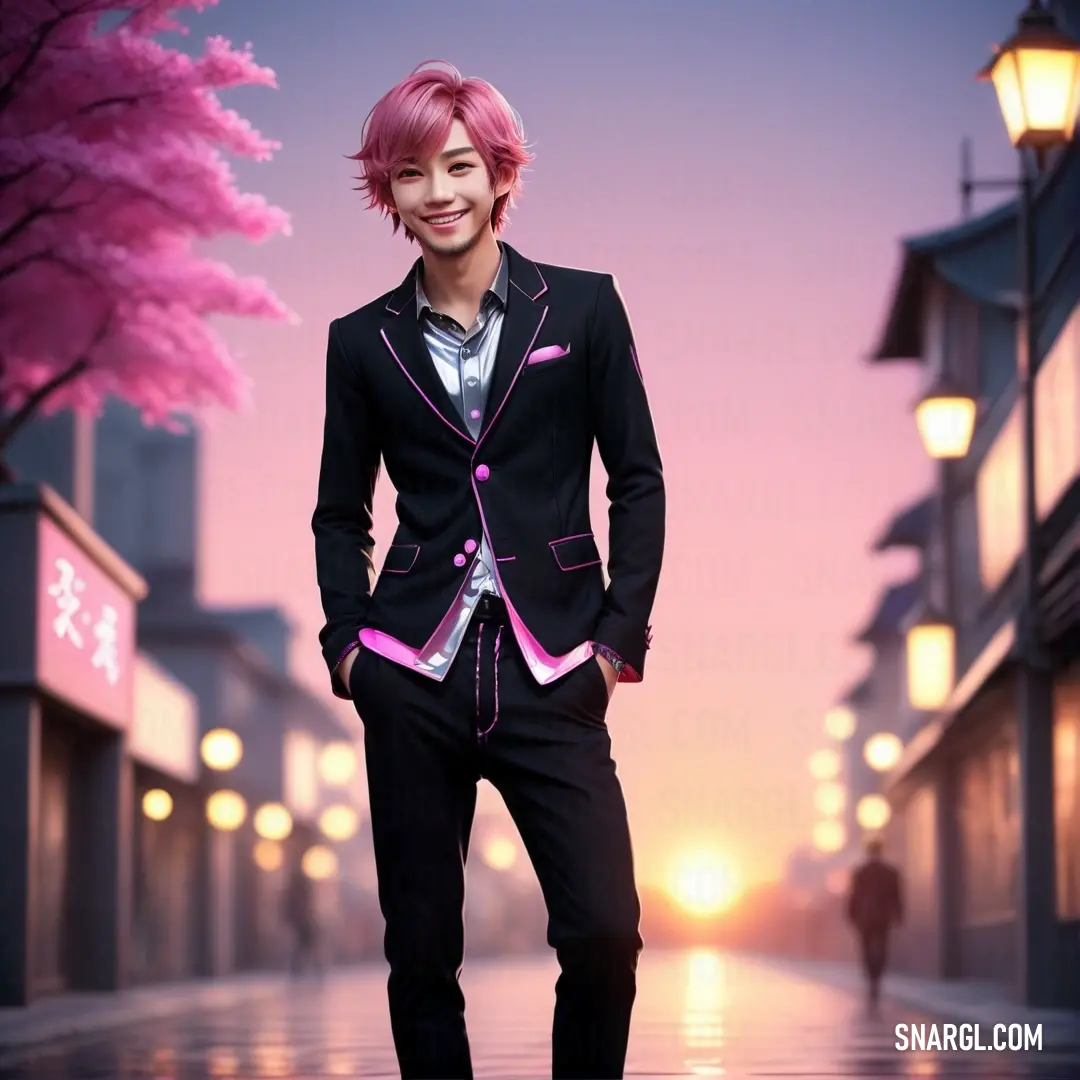
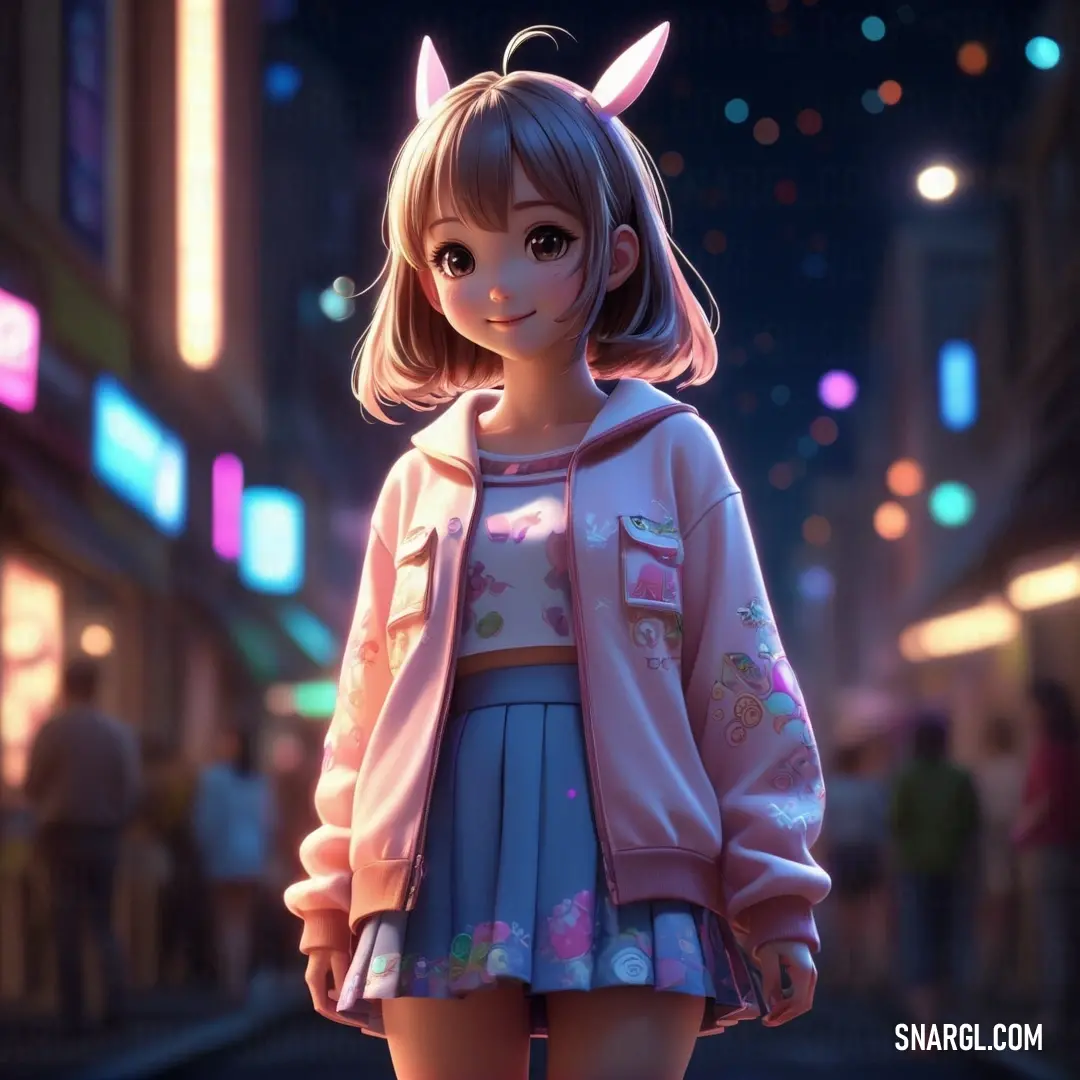
 Prussian blue
Prussian blue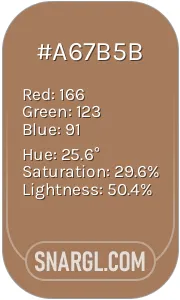 Cafe au lait
Cafe au lait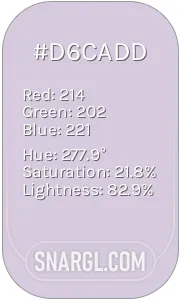 Languid lavender
Languid lavender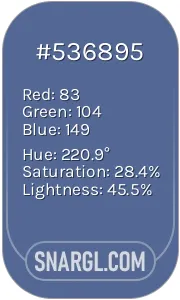 UCLA Blue
UCLA Blue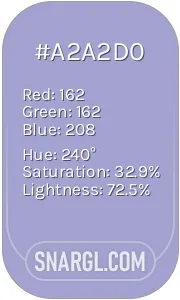 Blue Bell
Blue Bell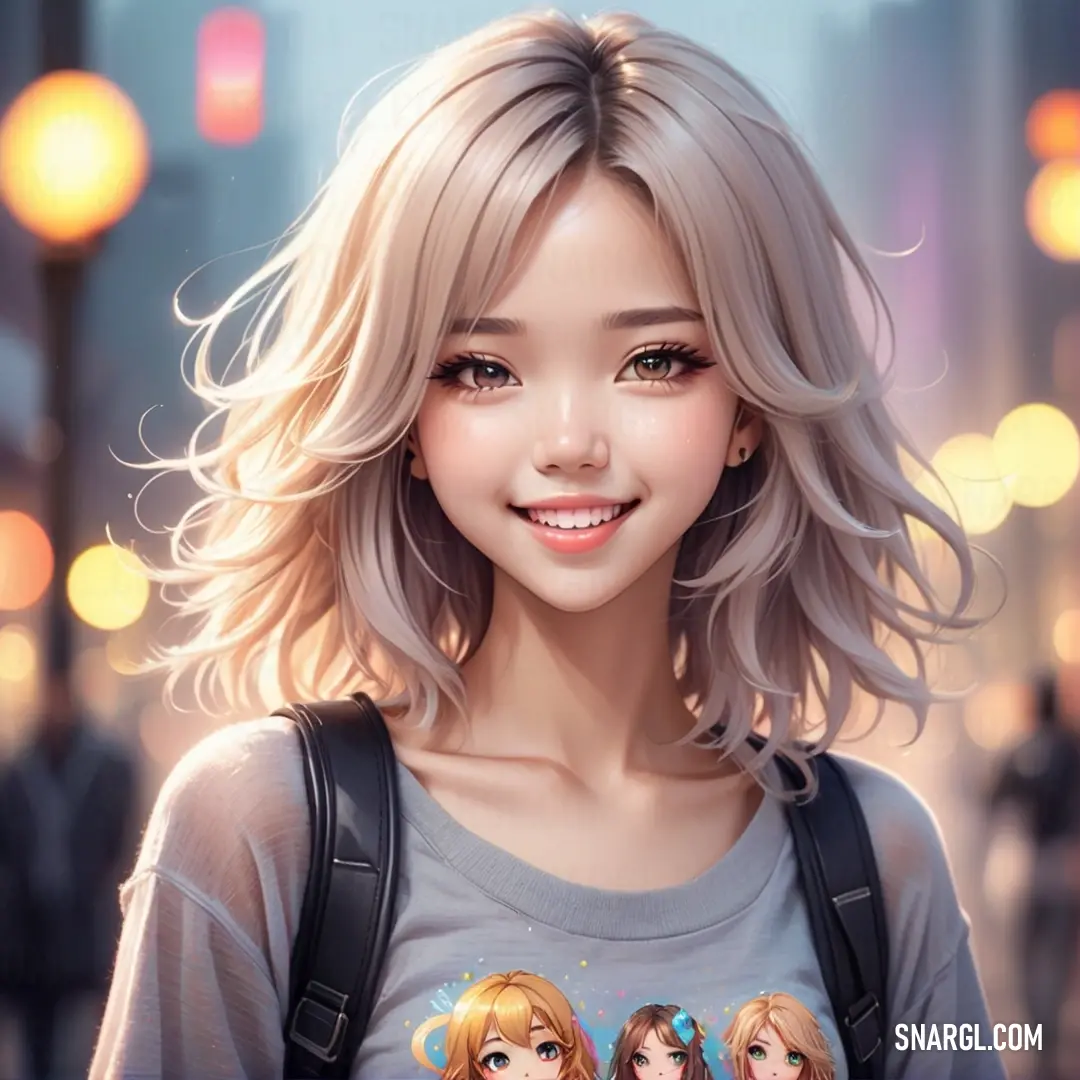
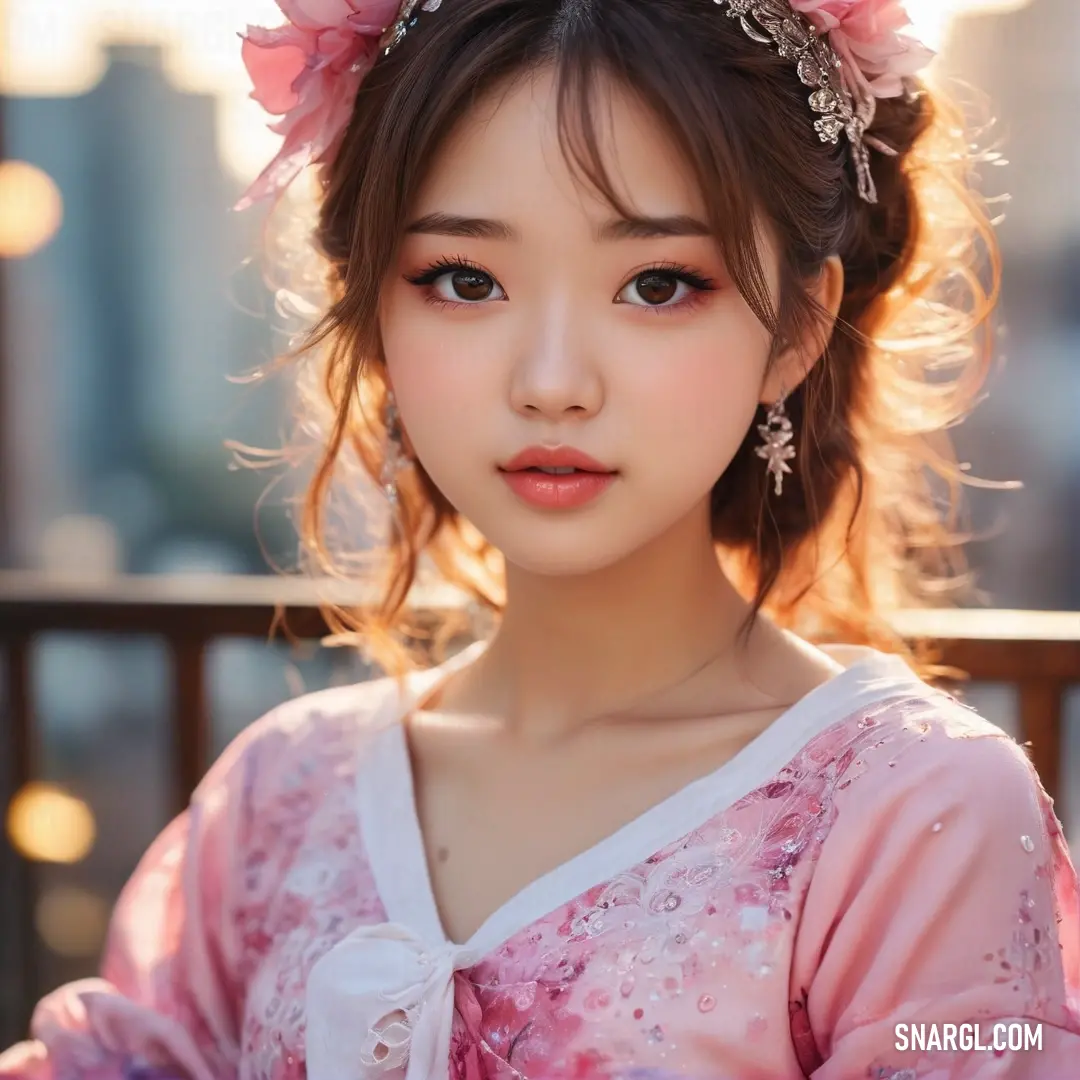
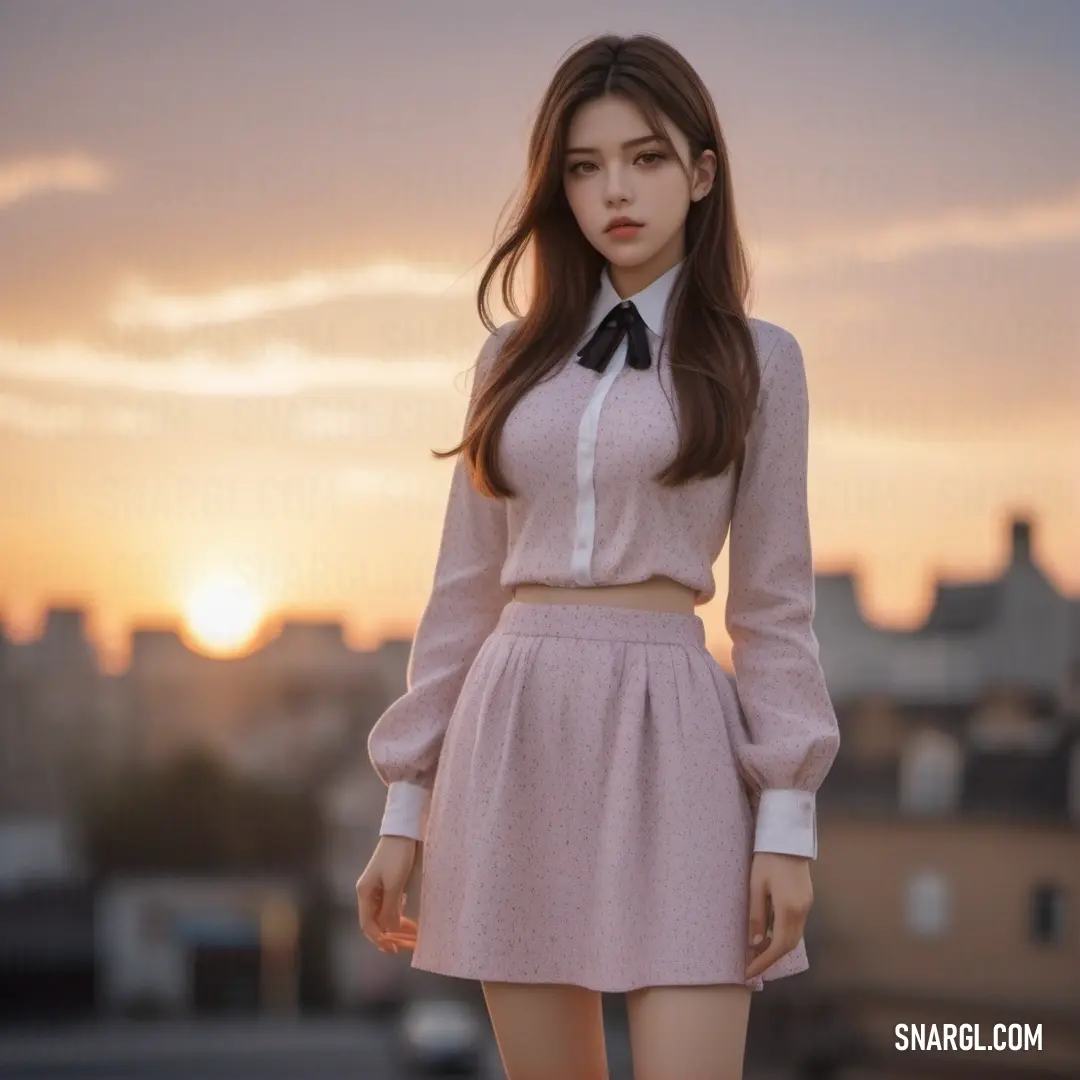
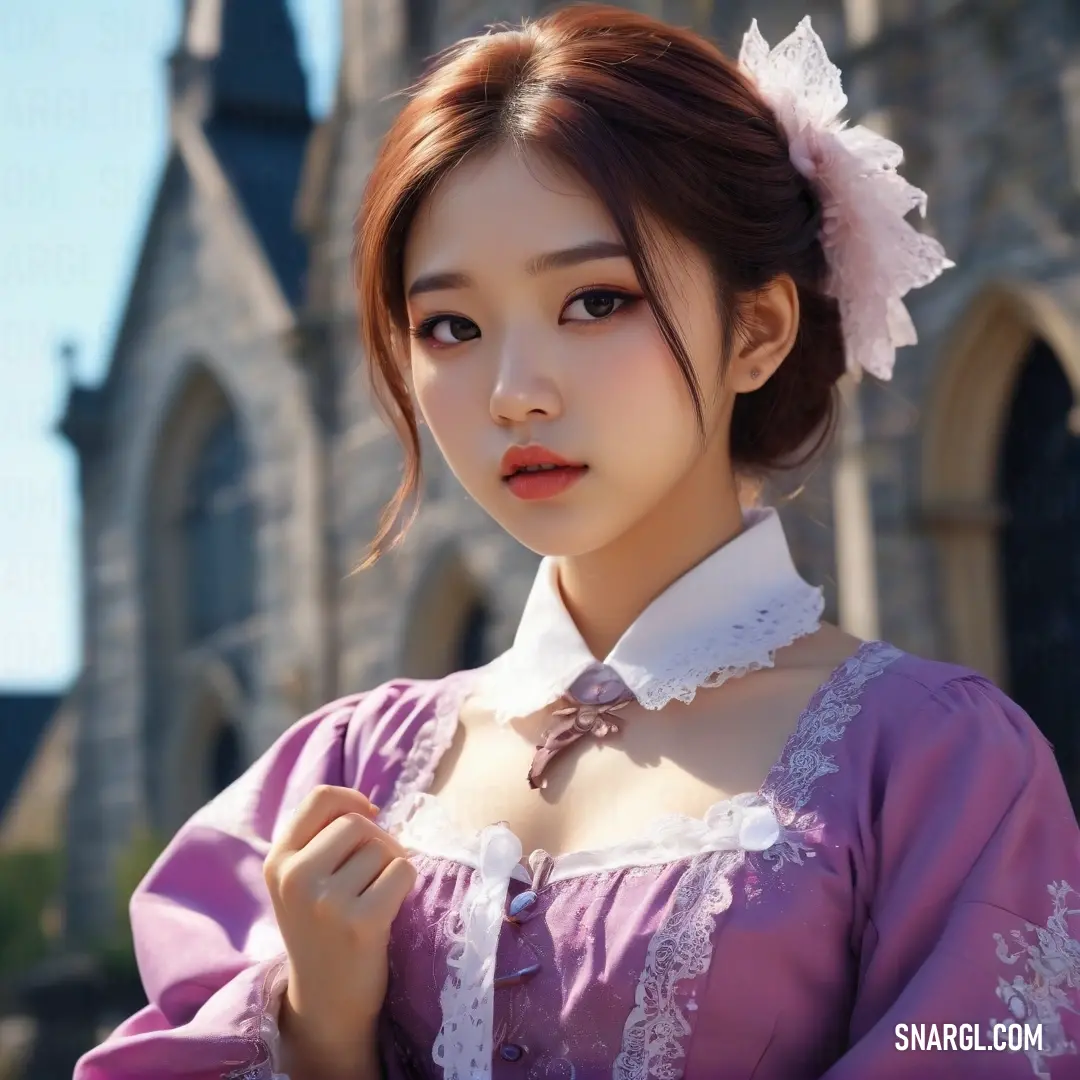
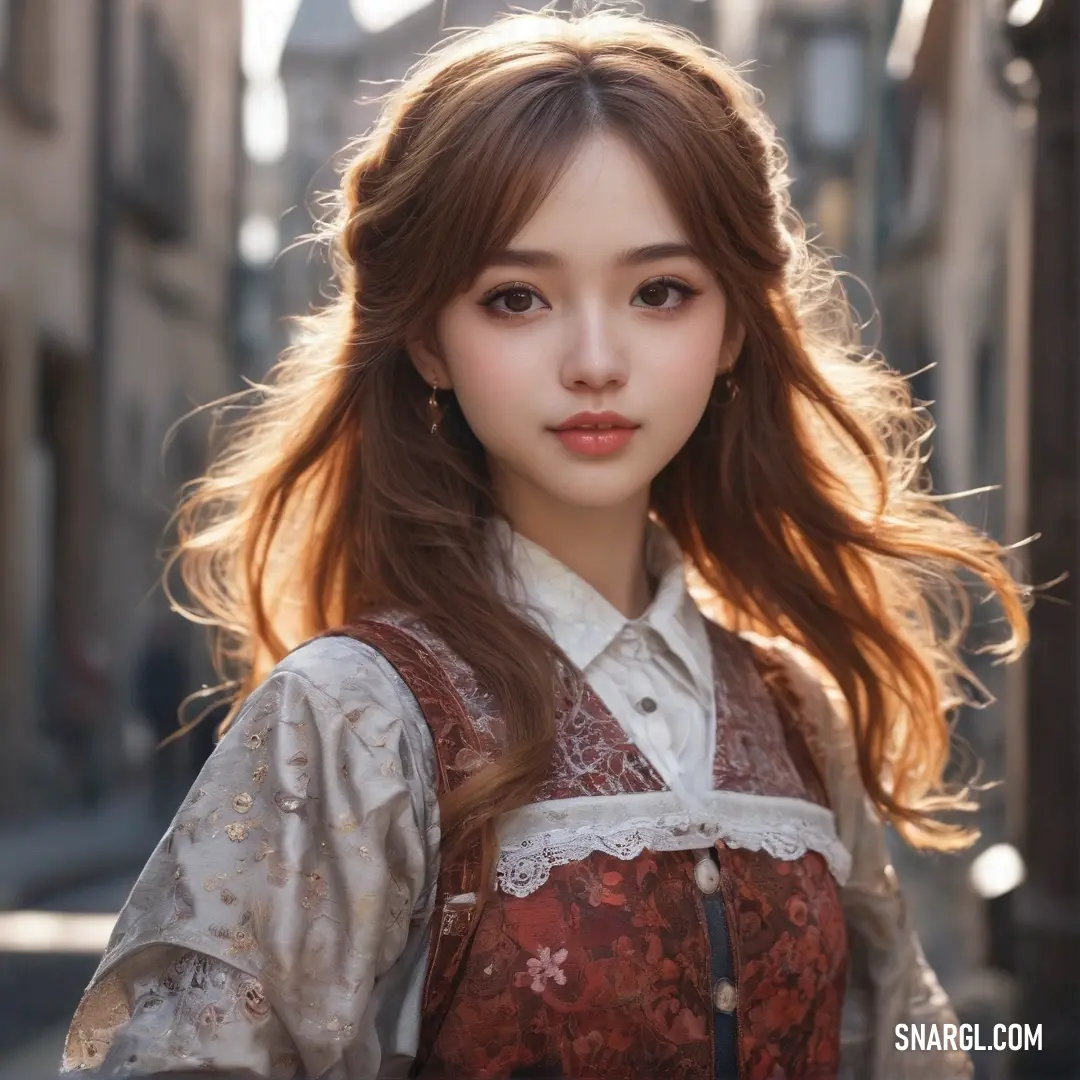
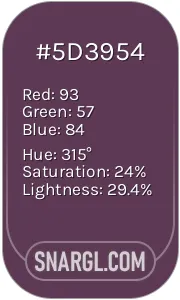 Dark byzantium
Dark byzantium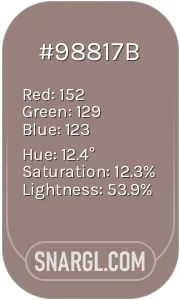 Cinereous
Cinereous Macaroni and Cheese
Macaroni and Cheese Purple Heart
Purple Heart







